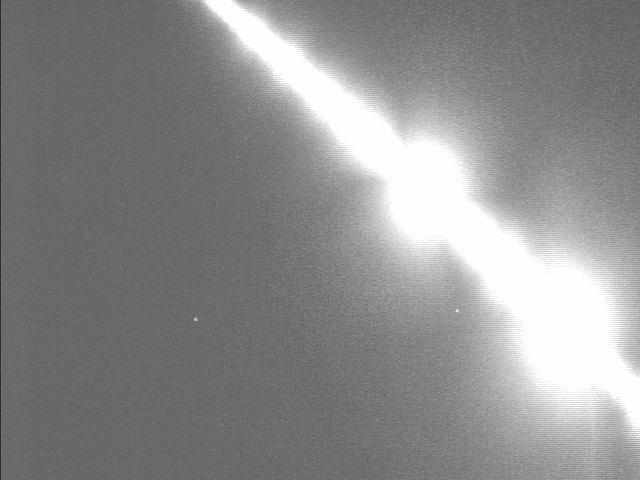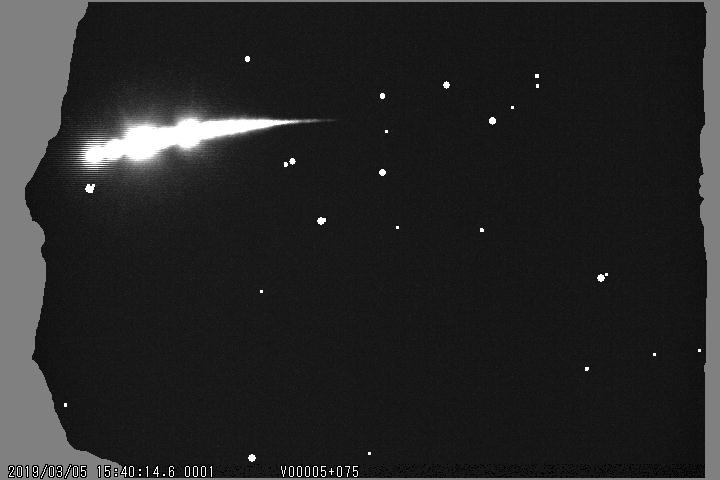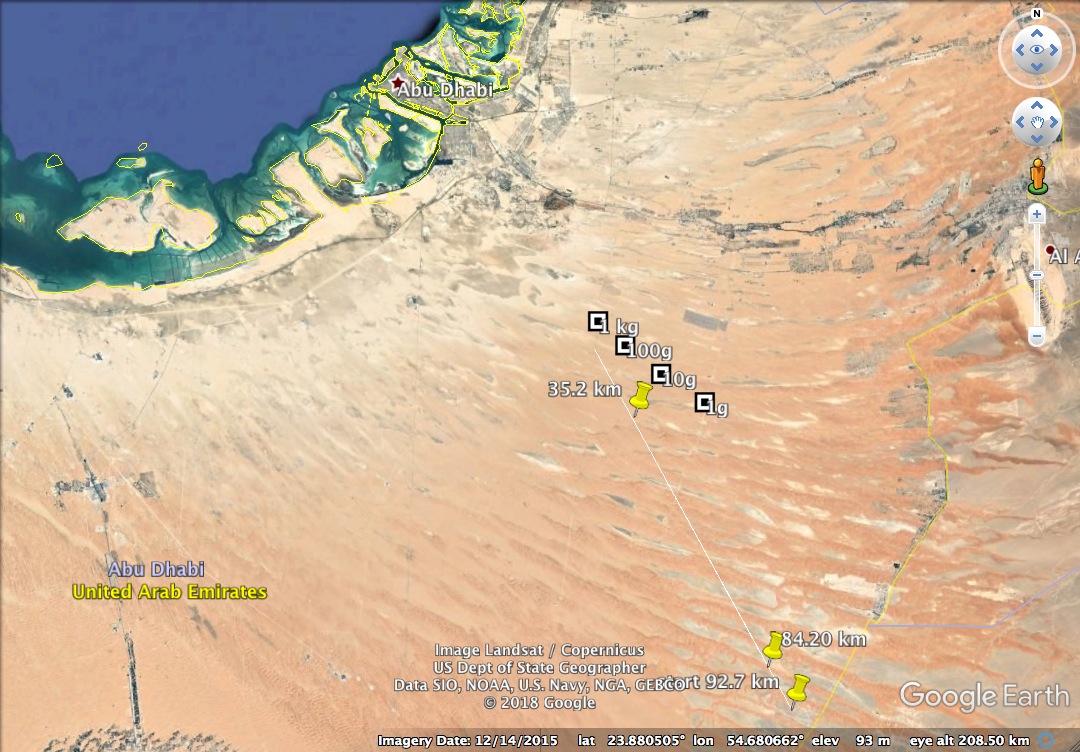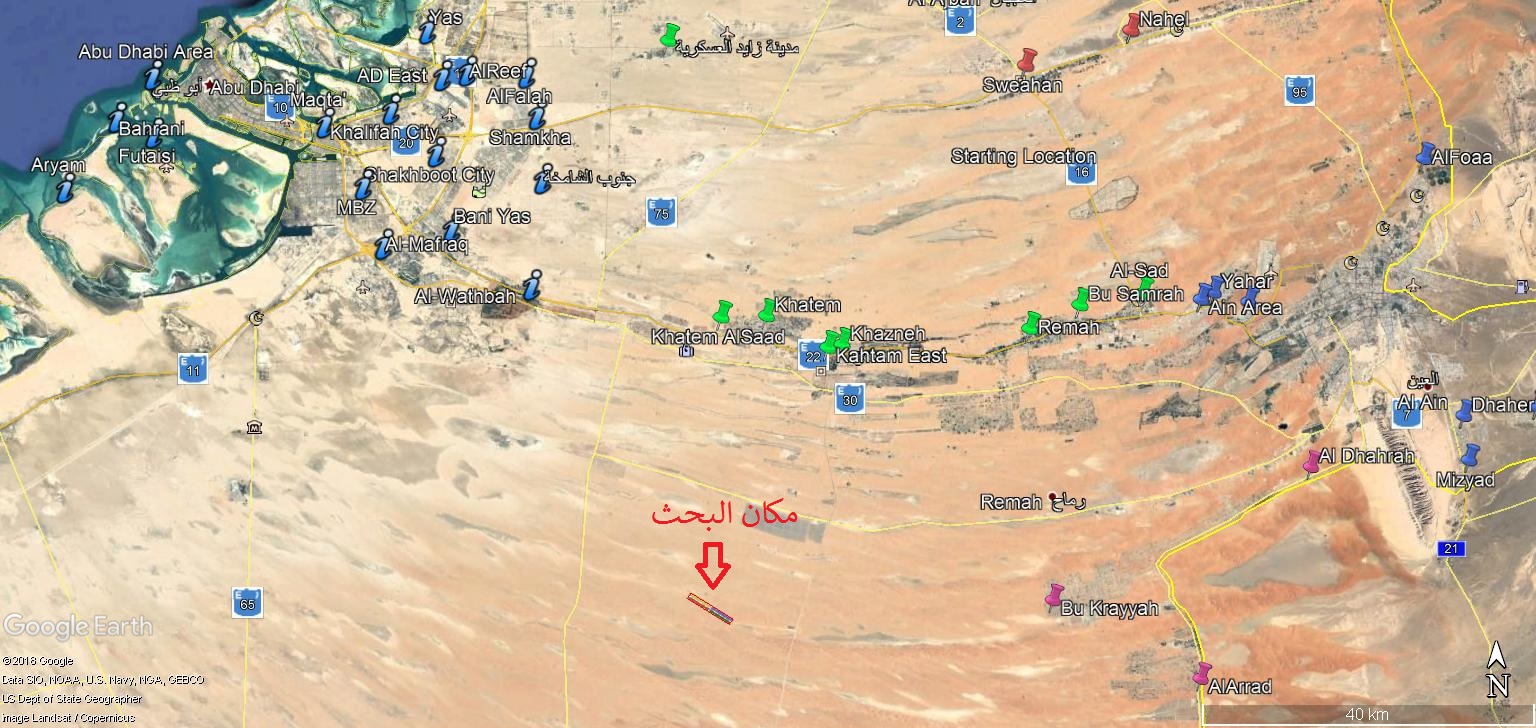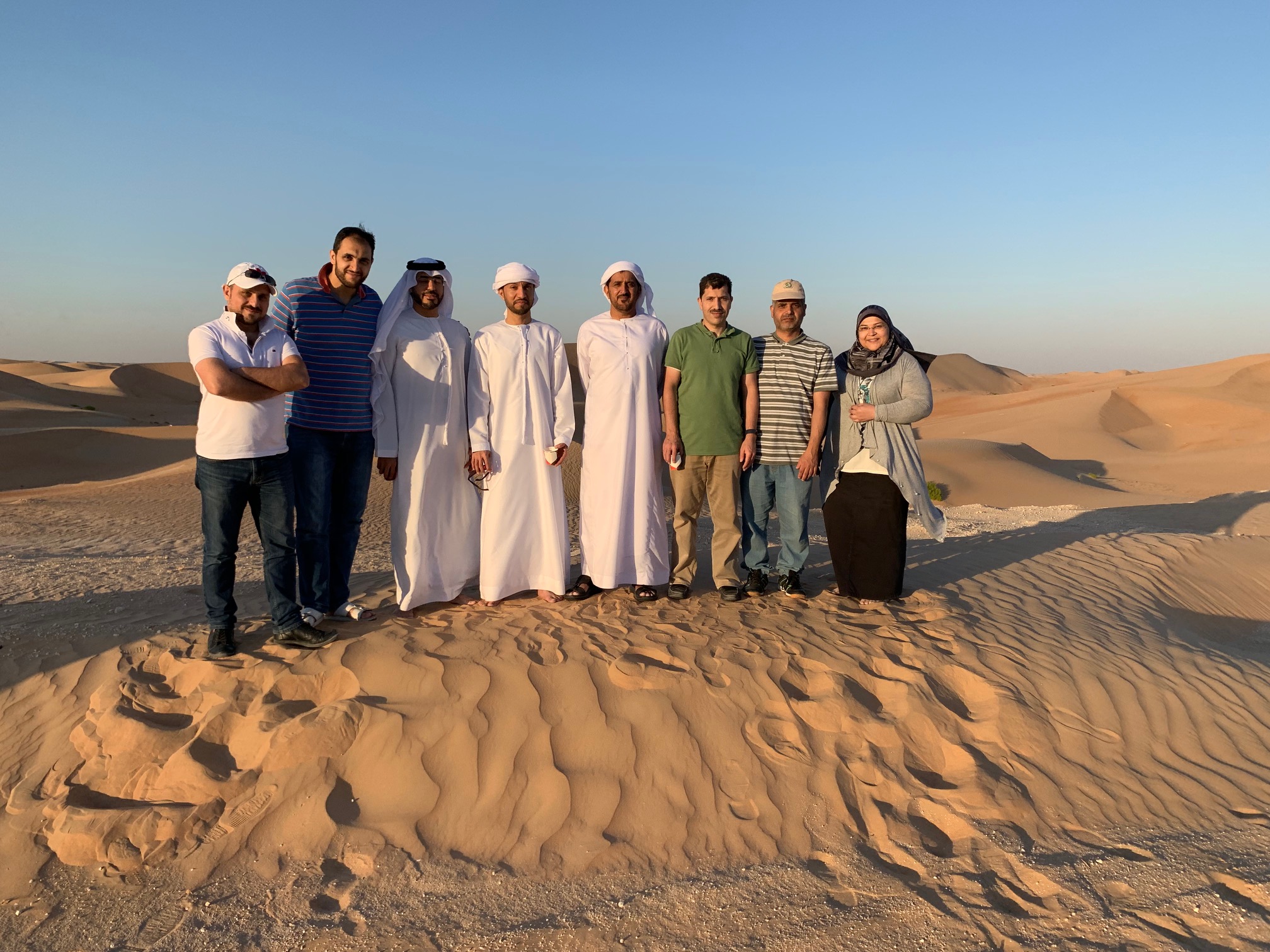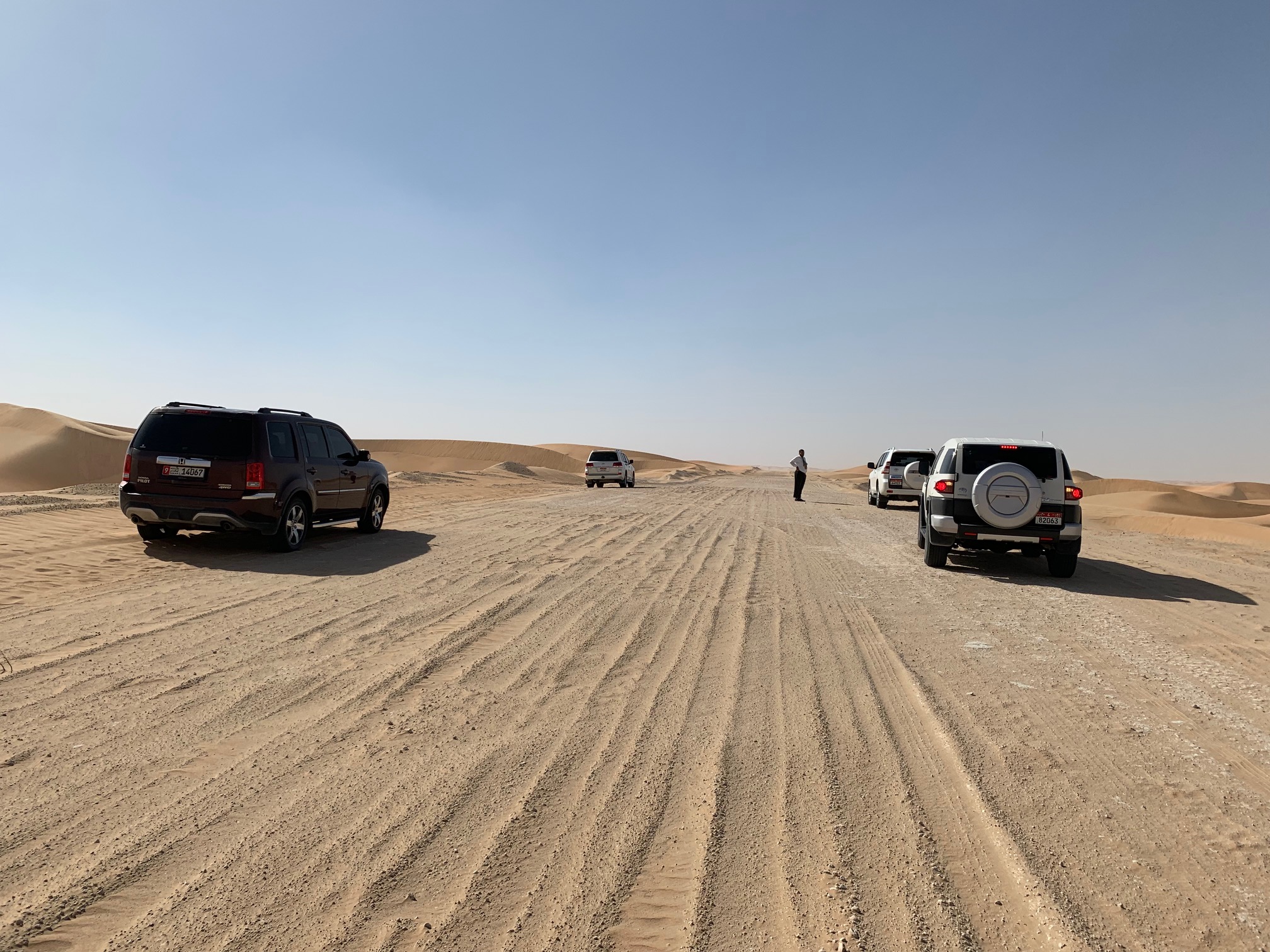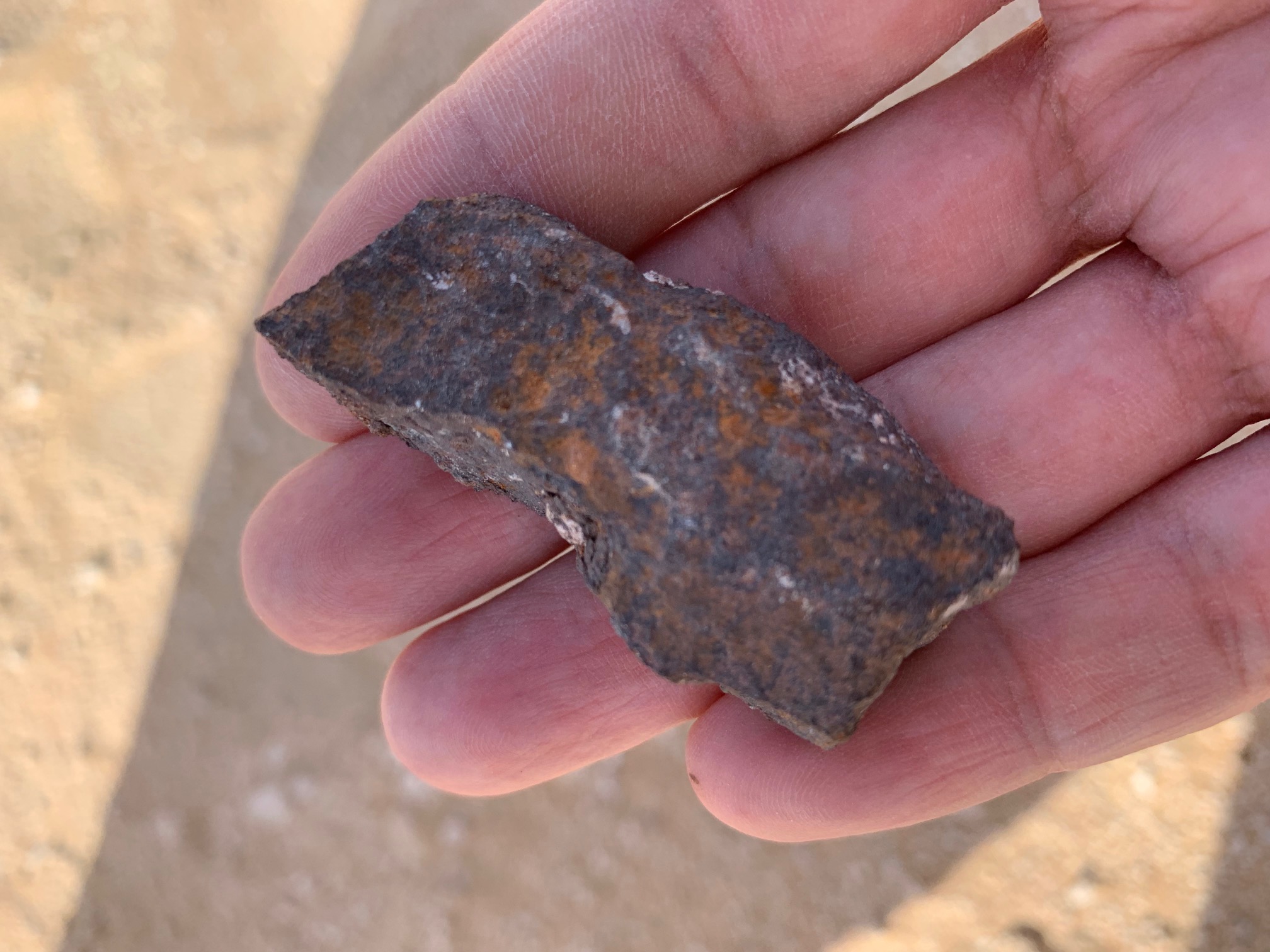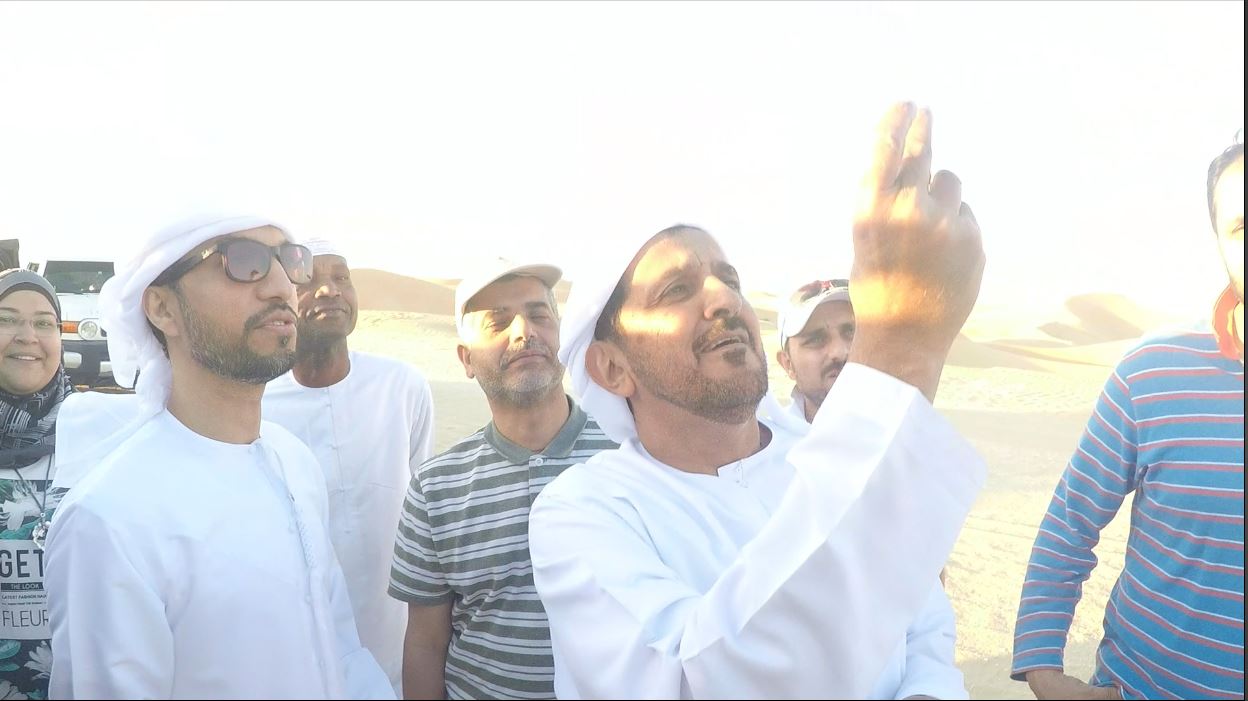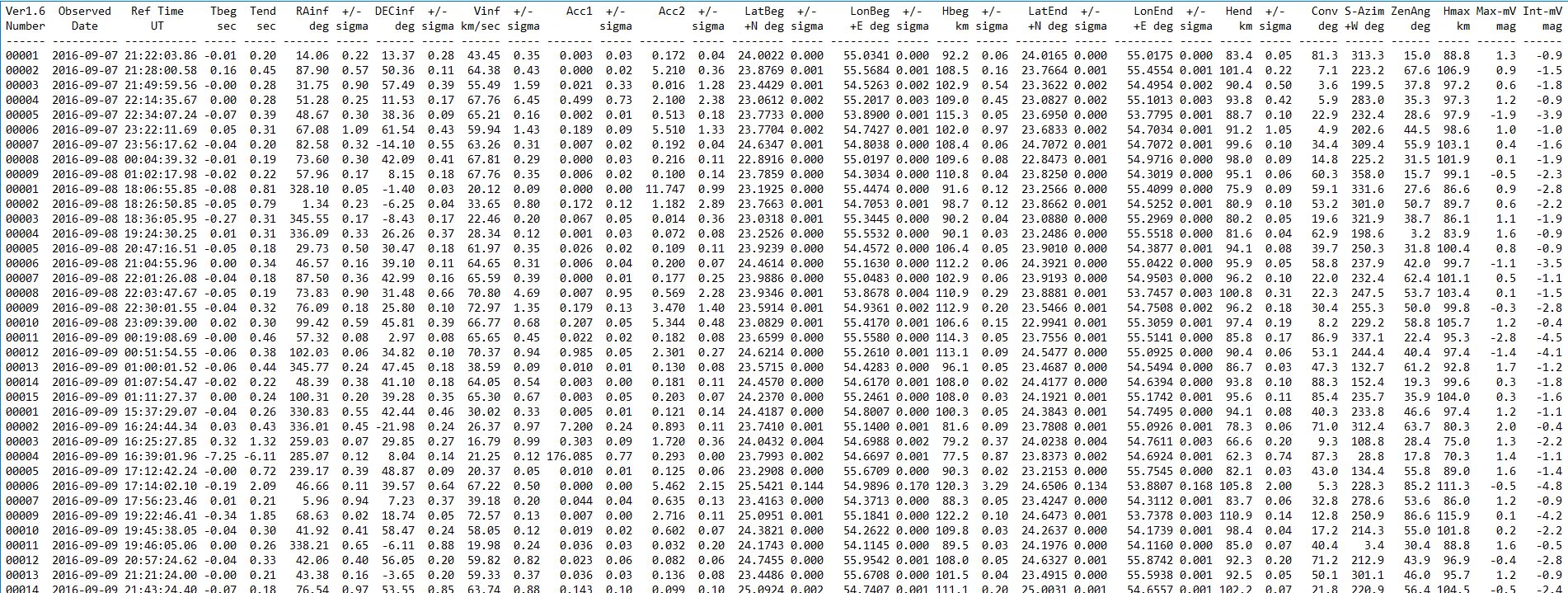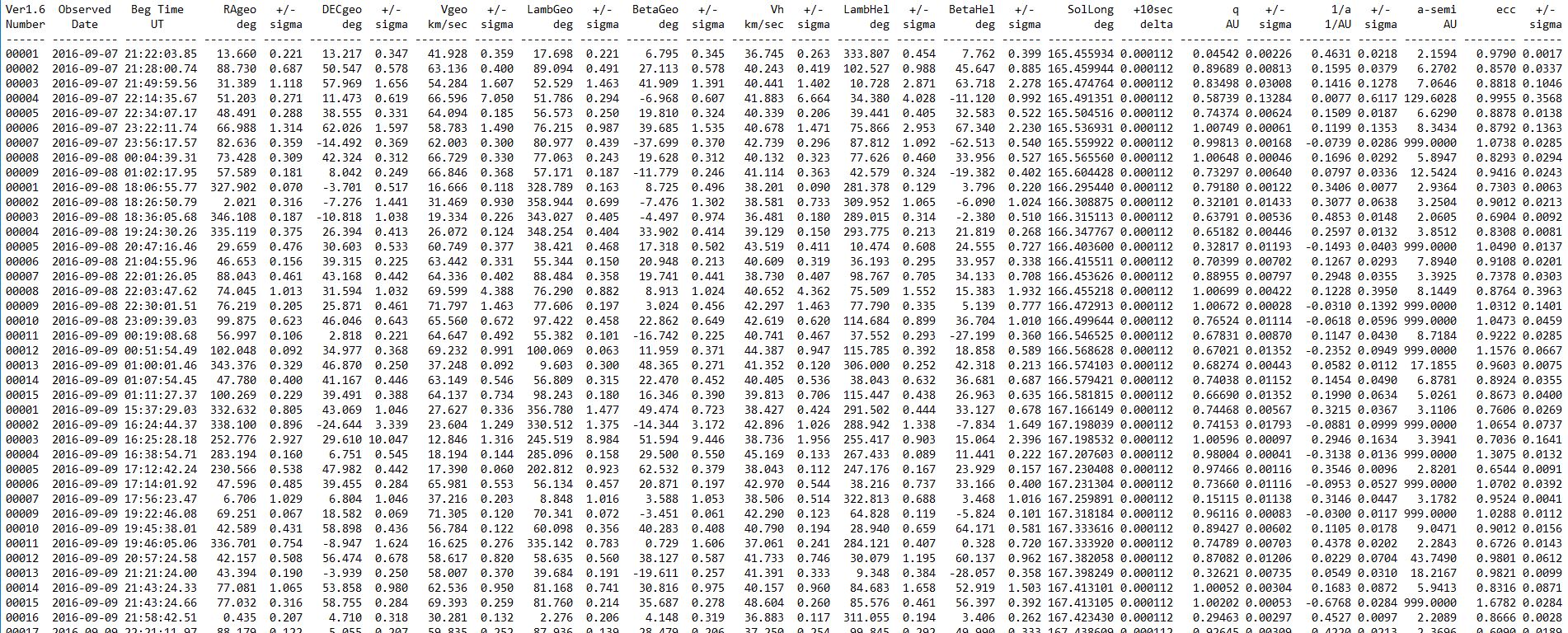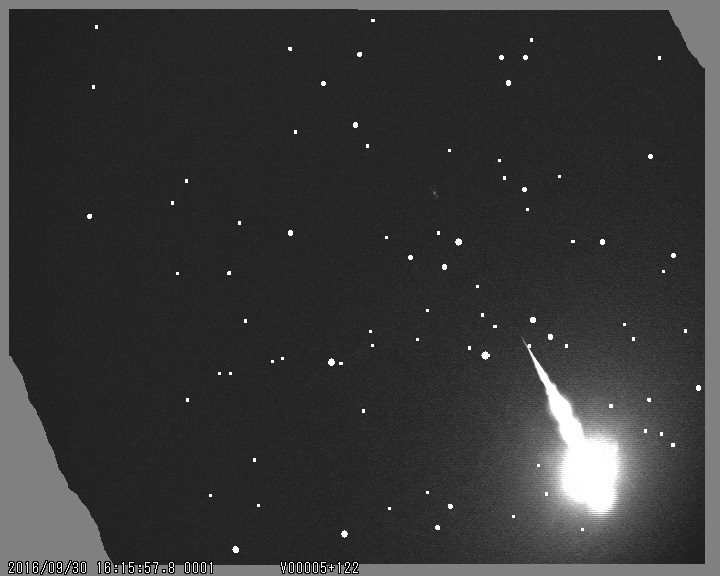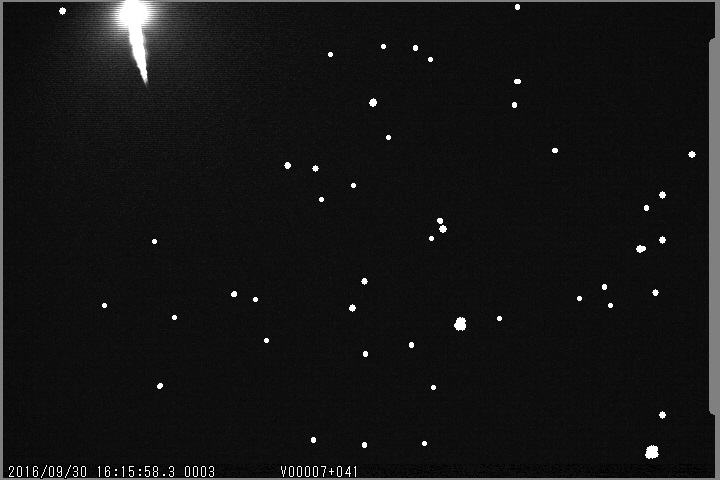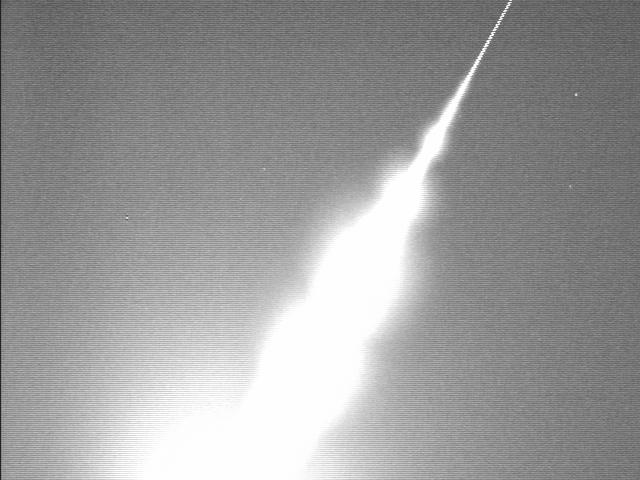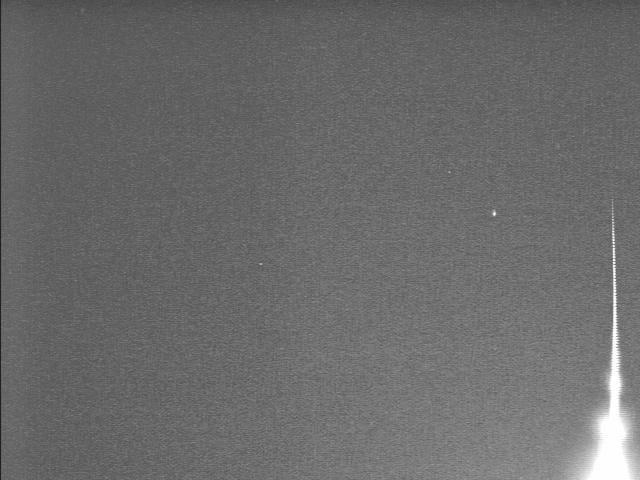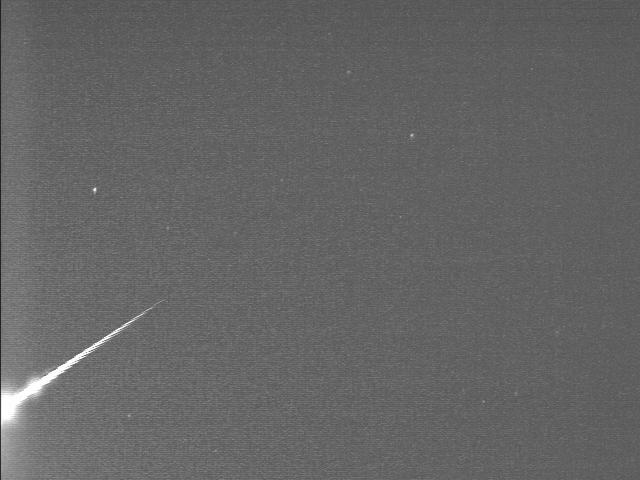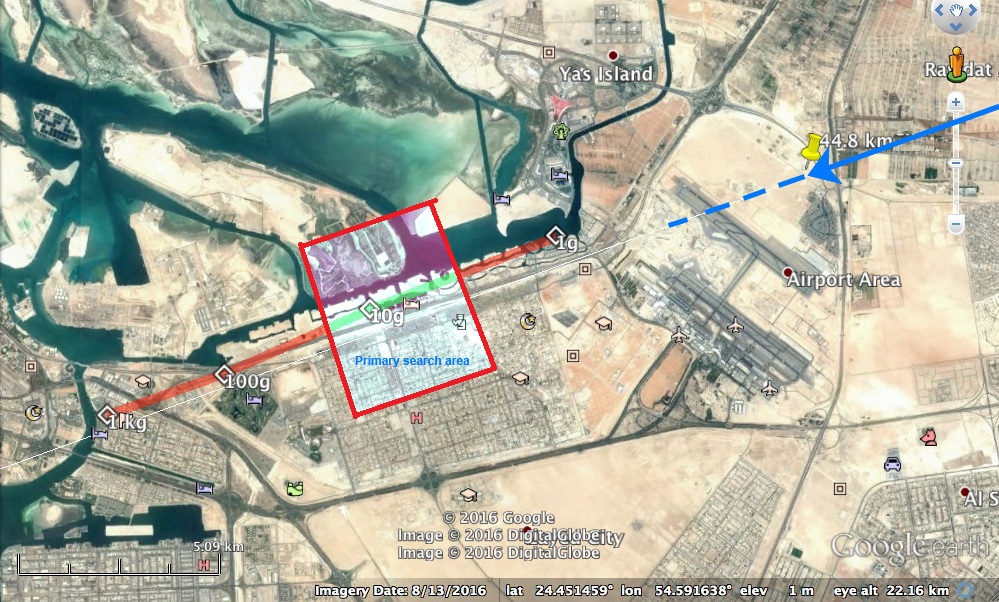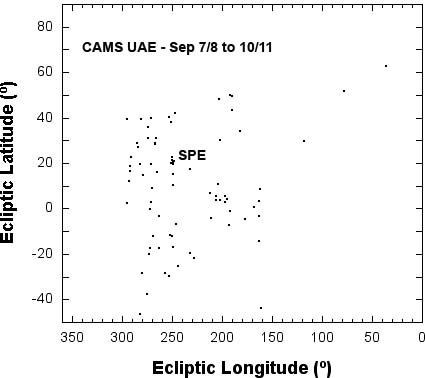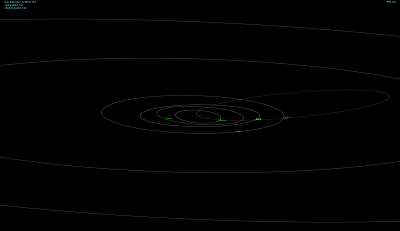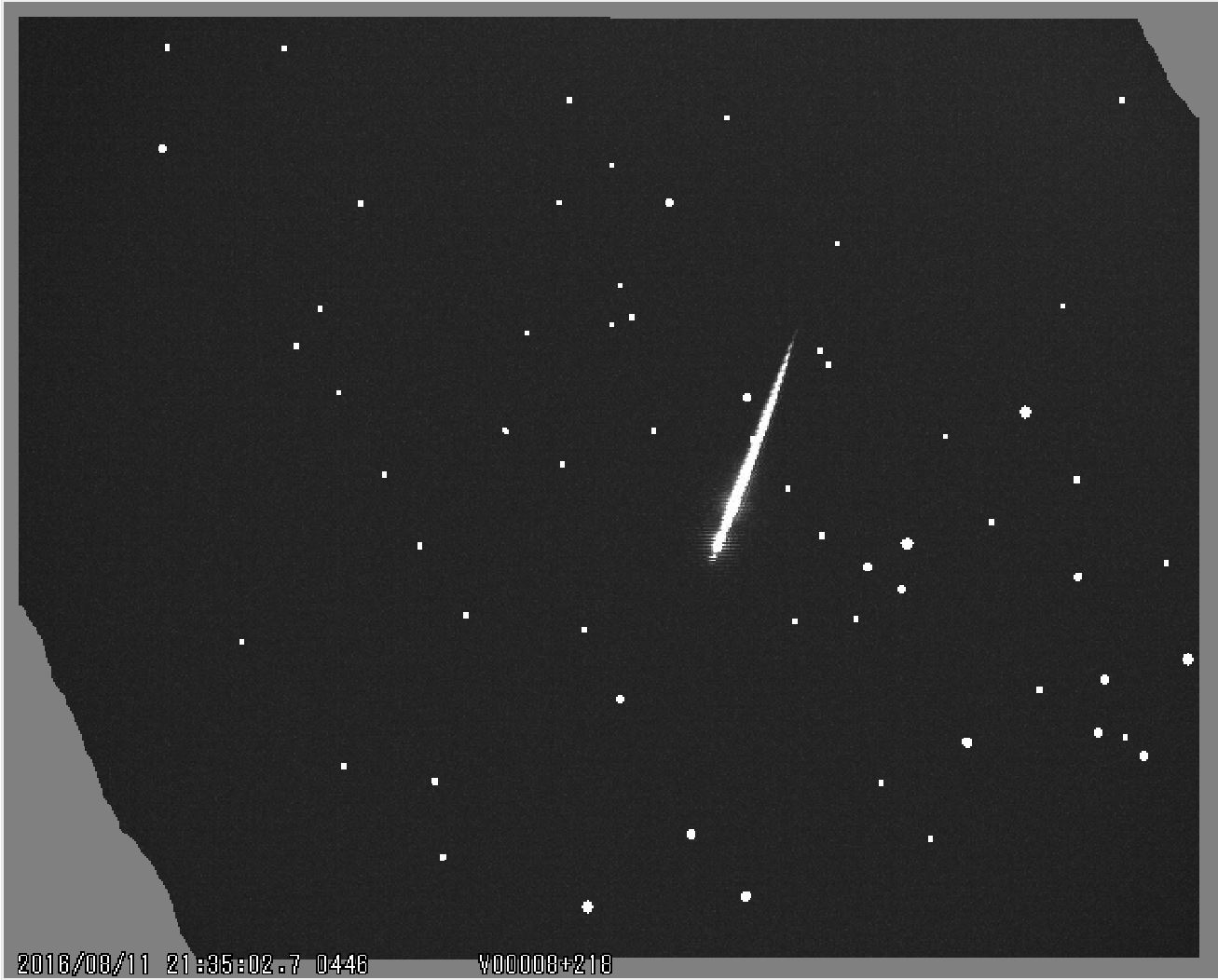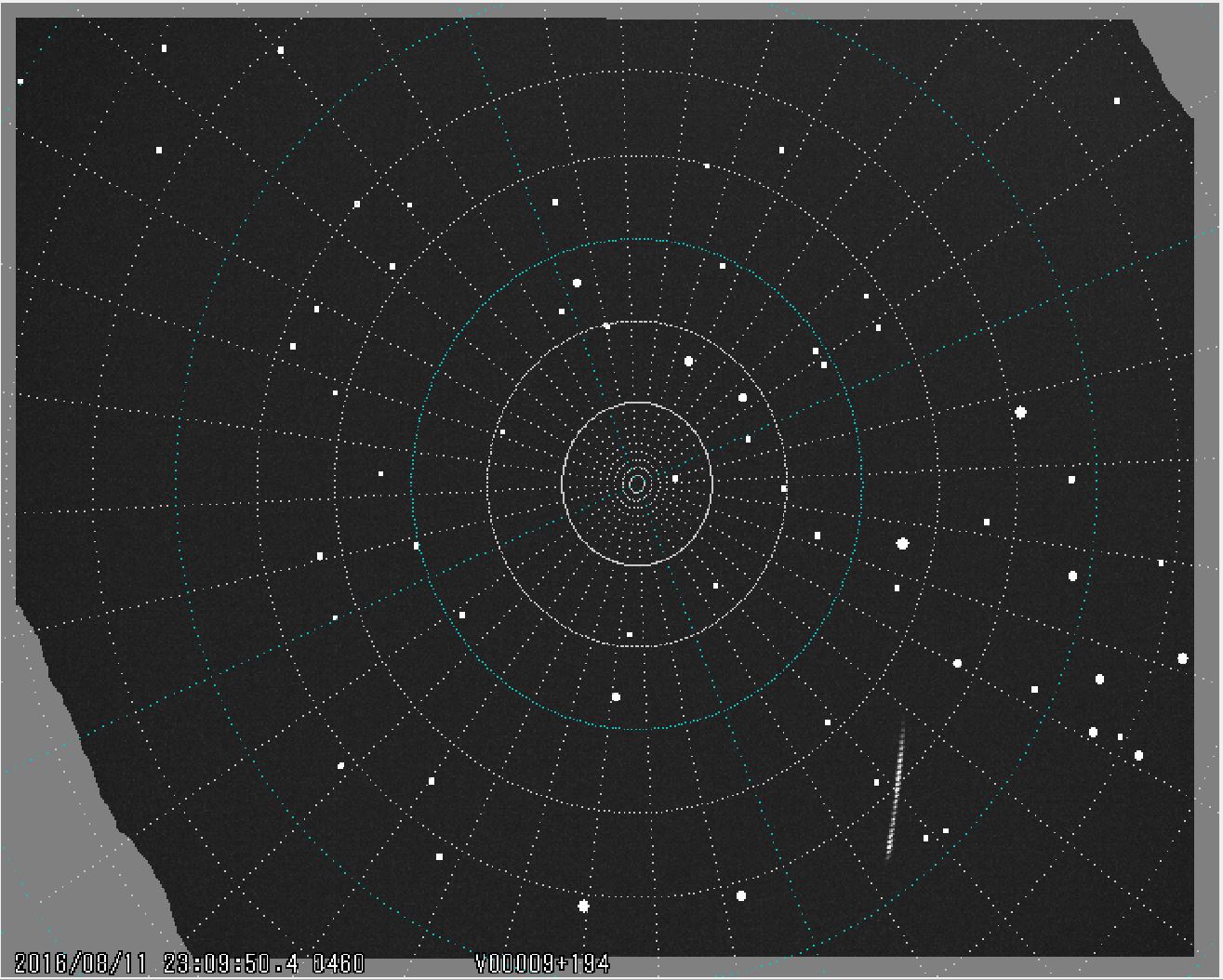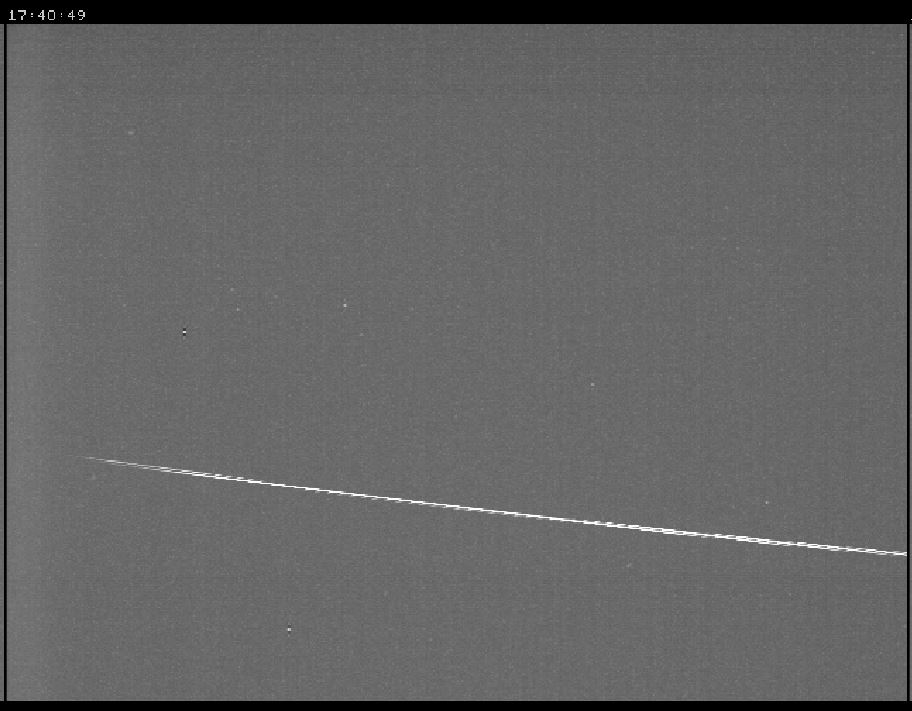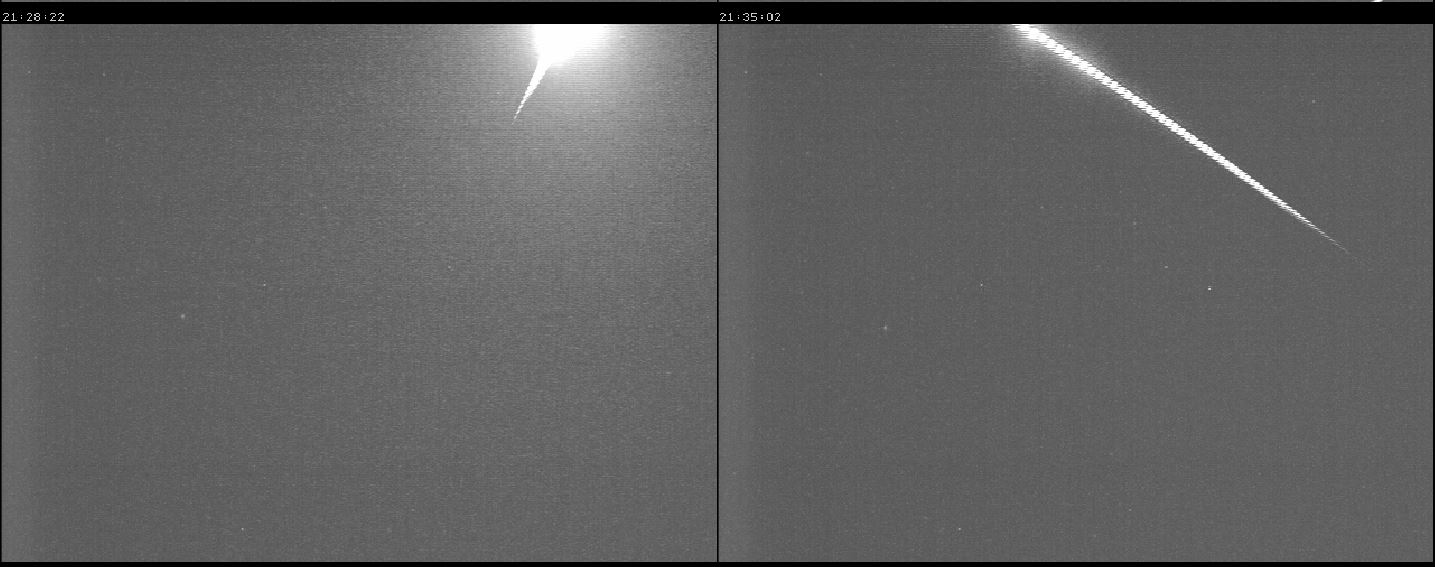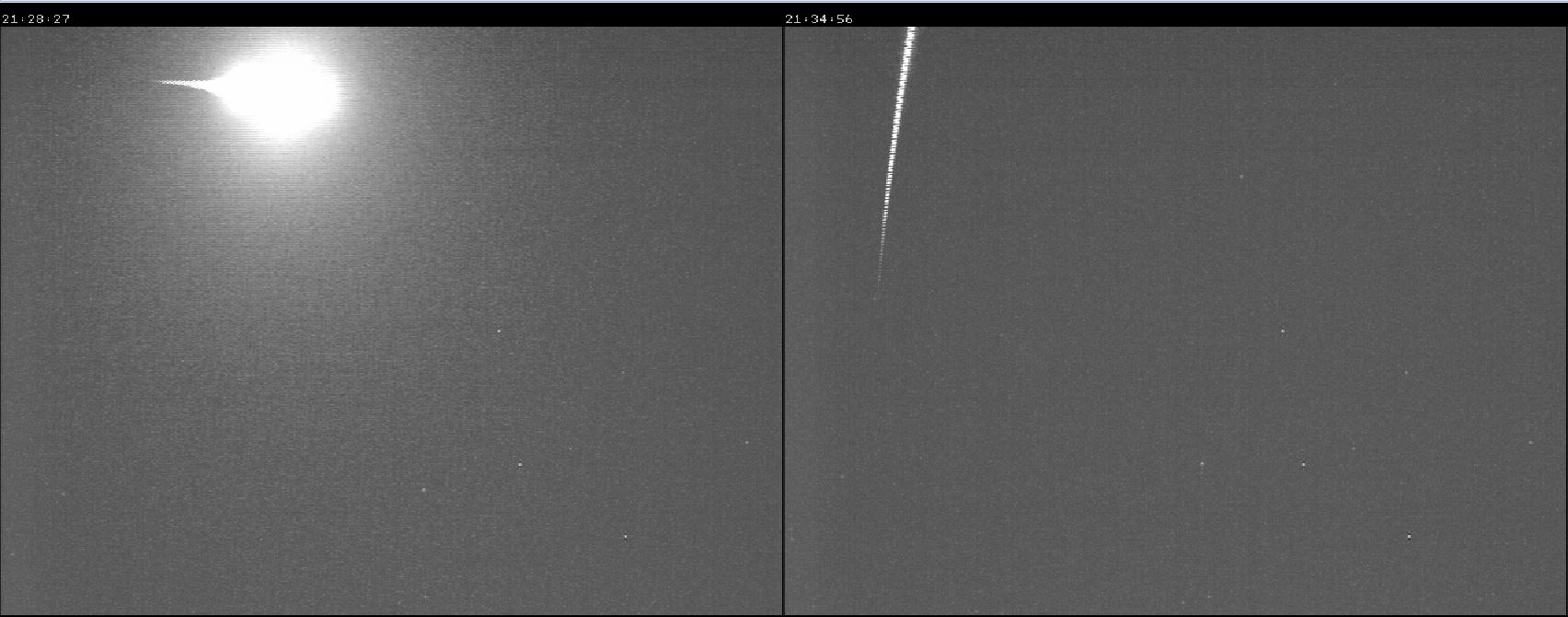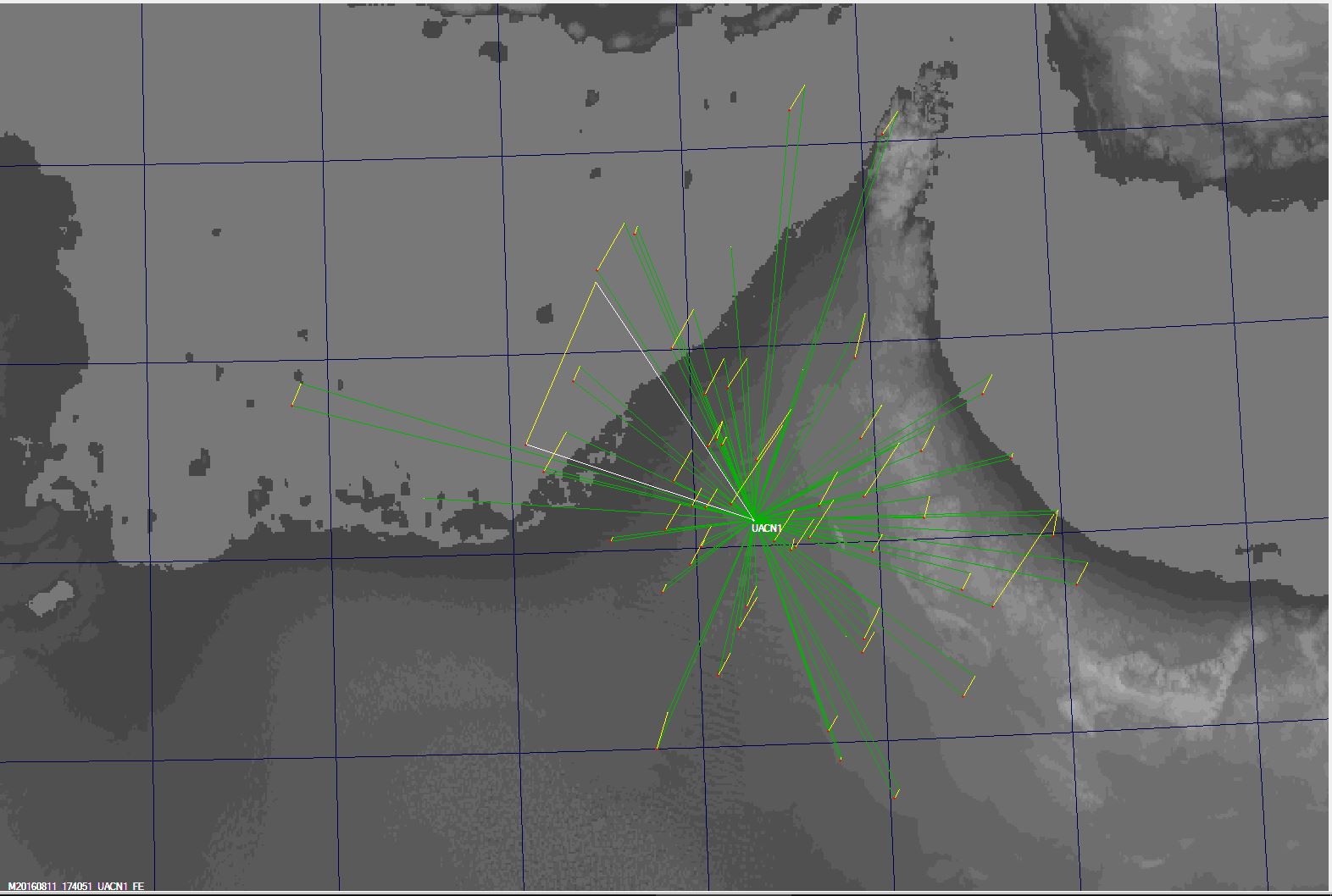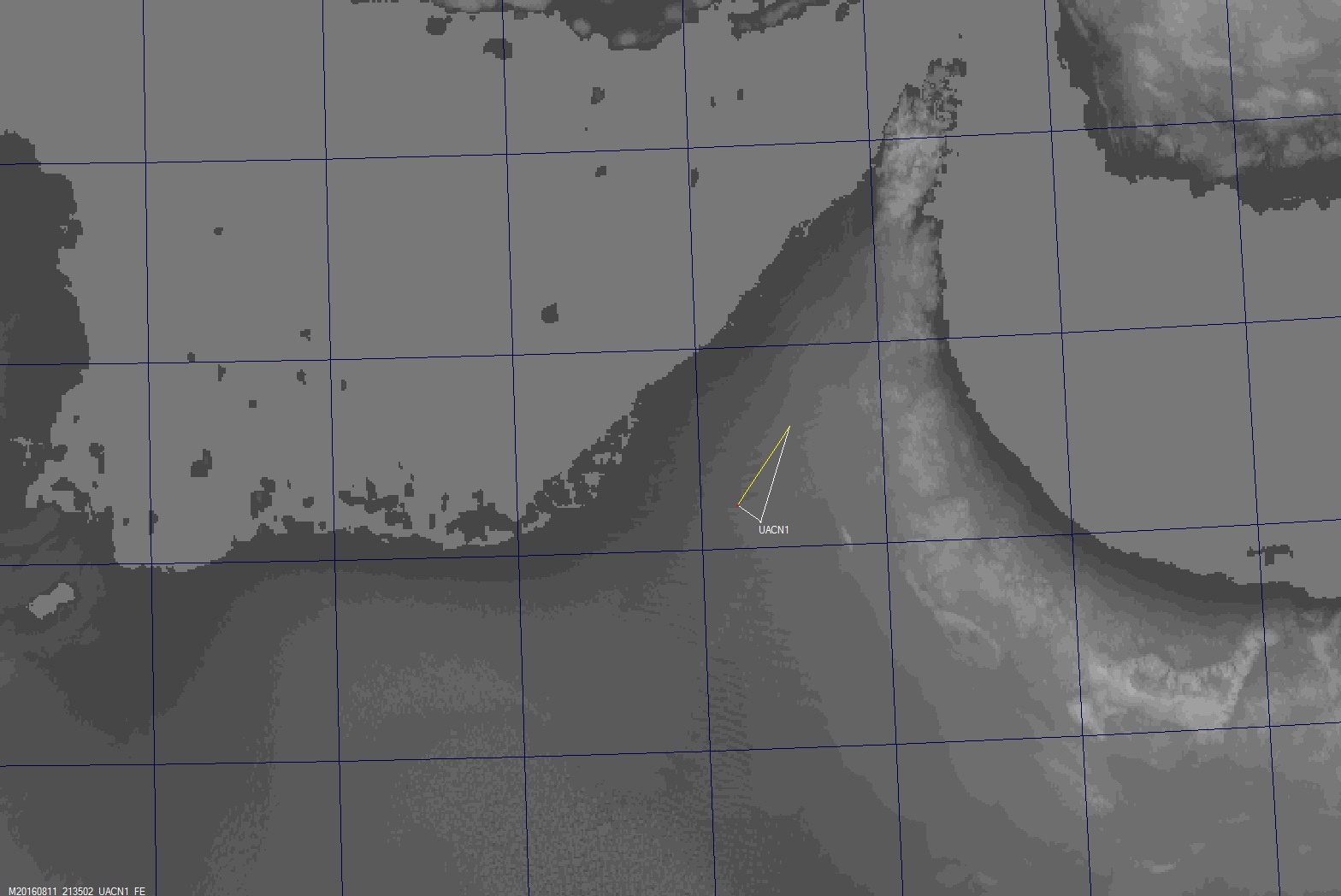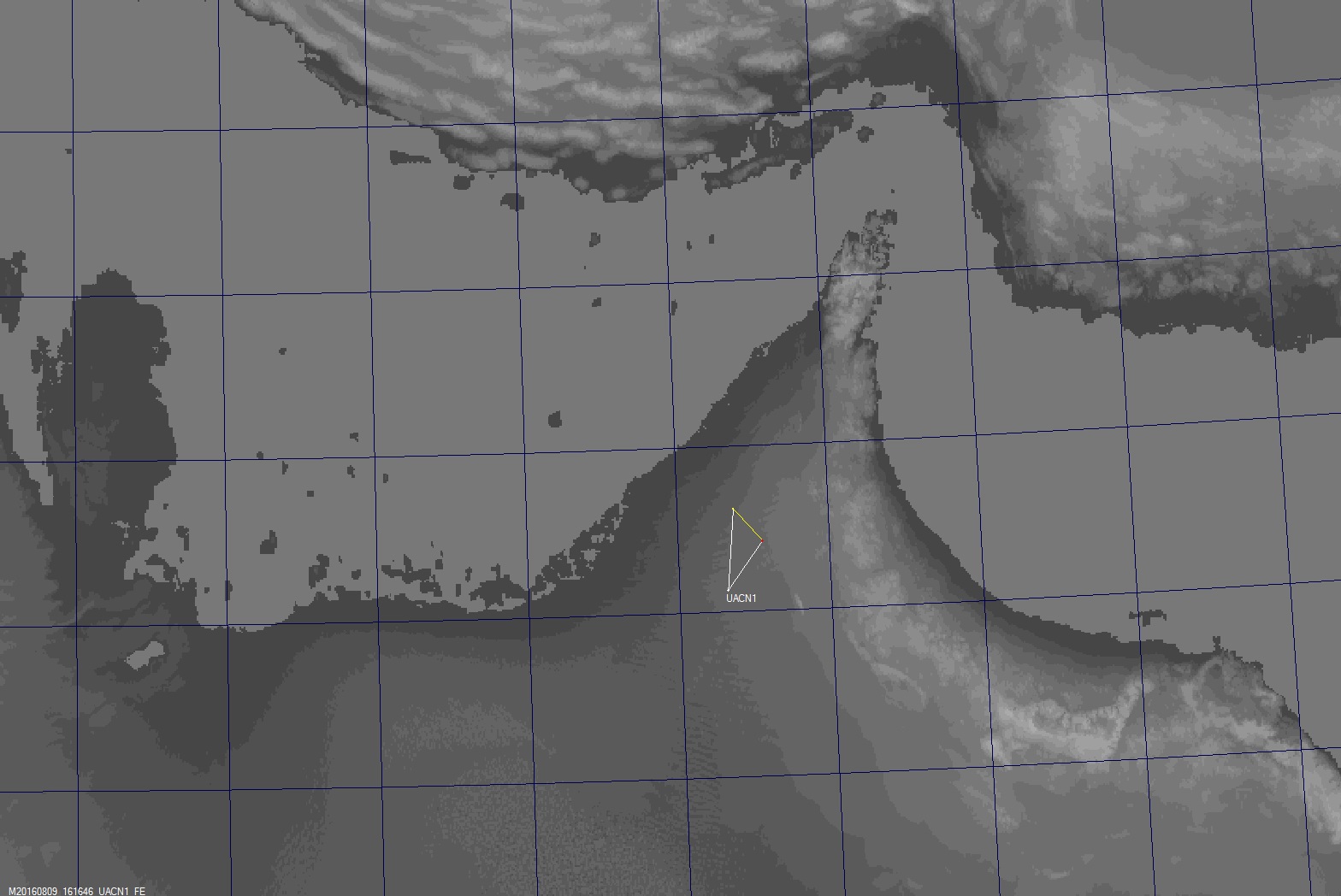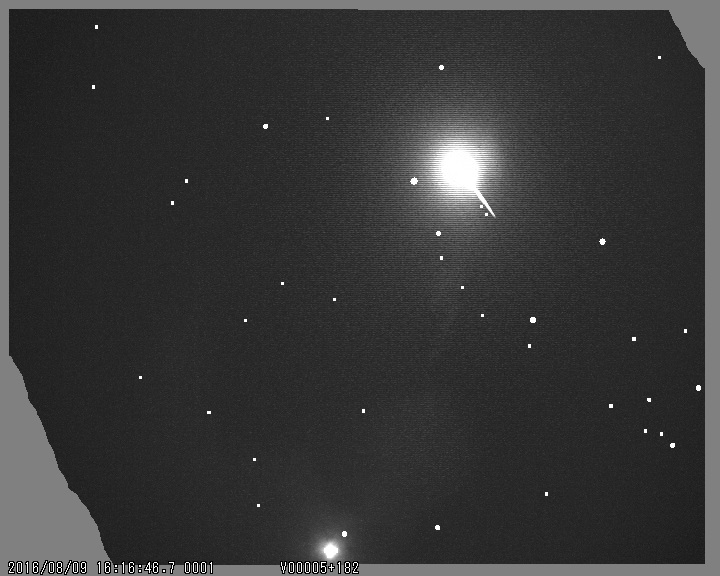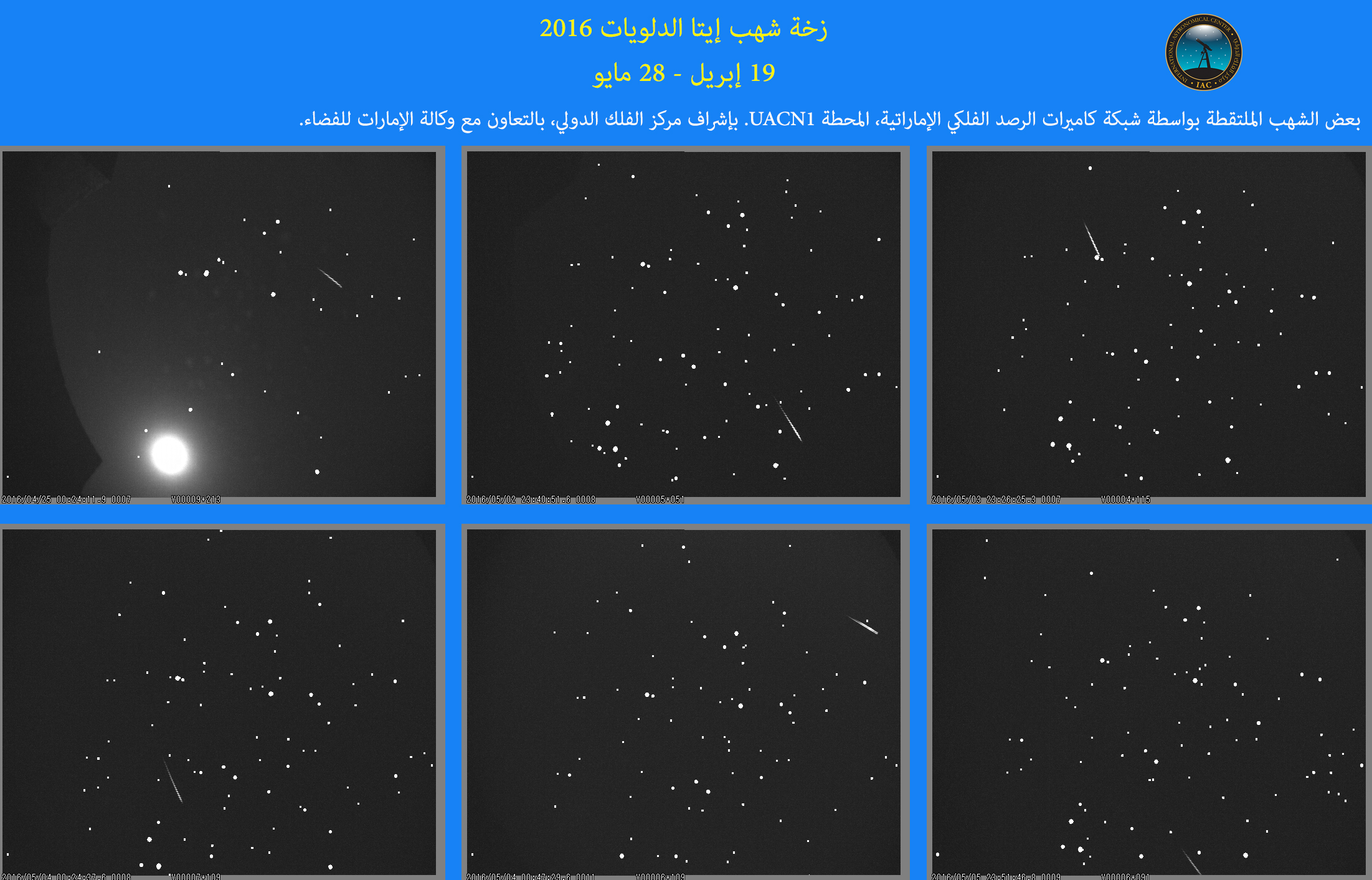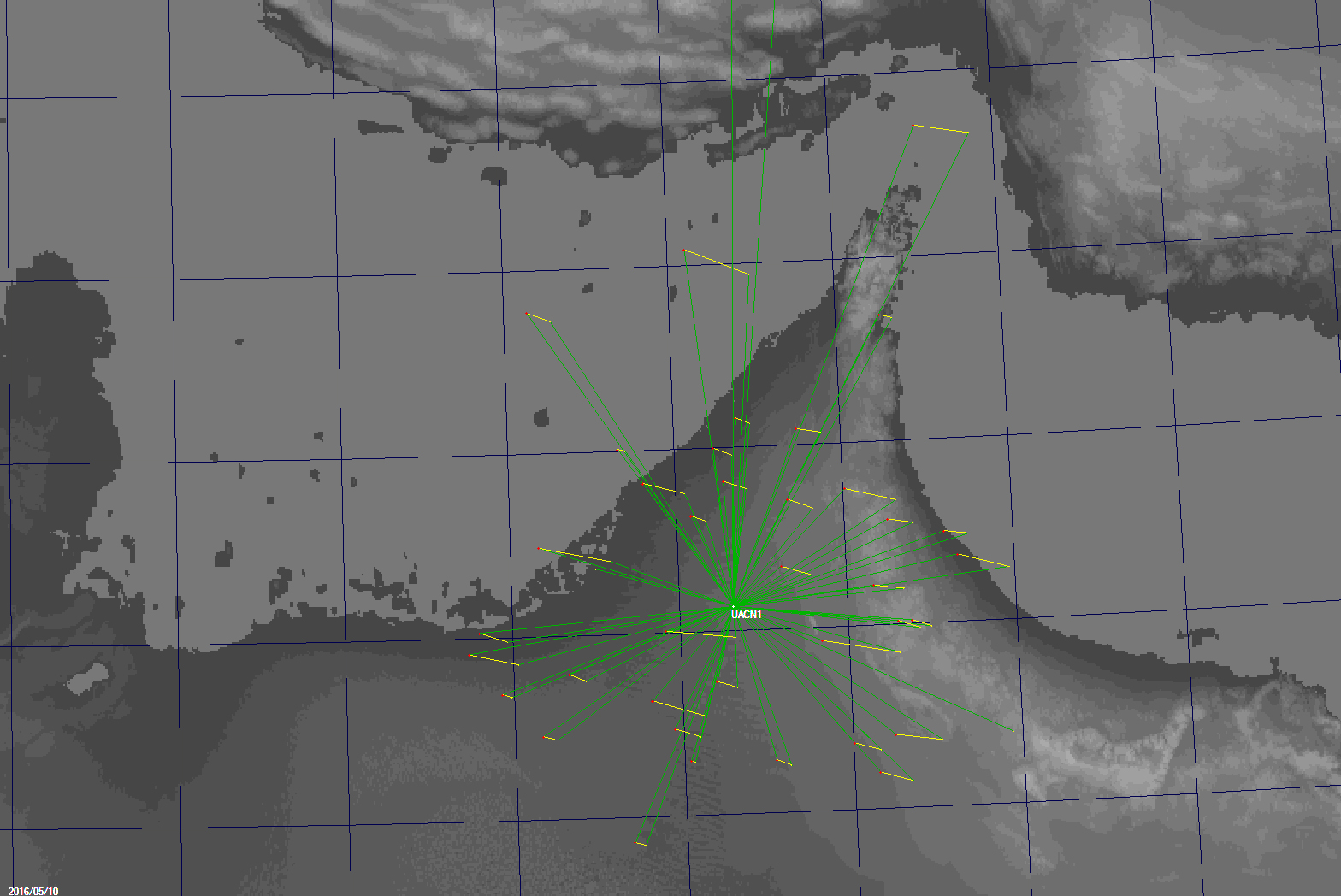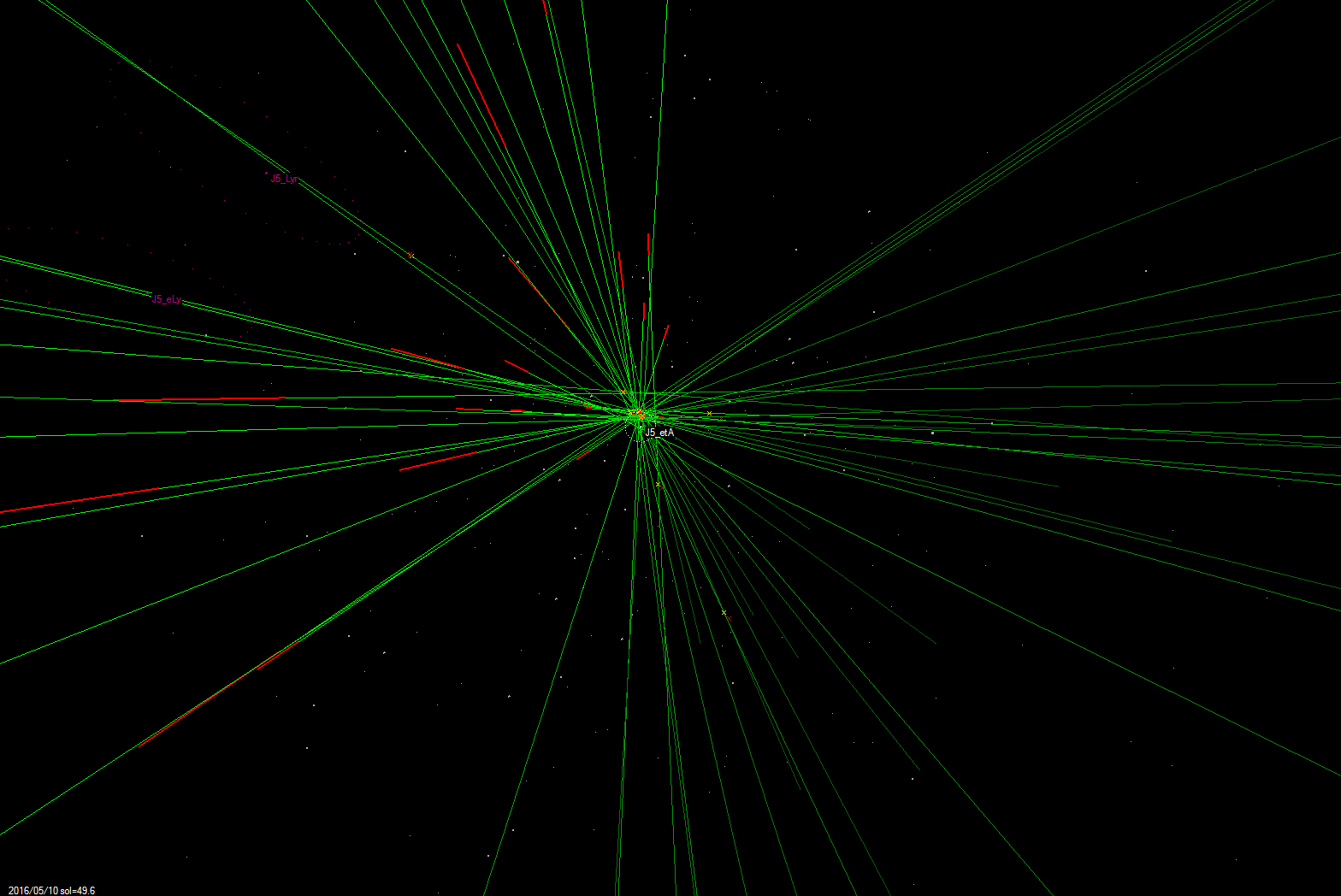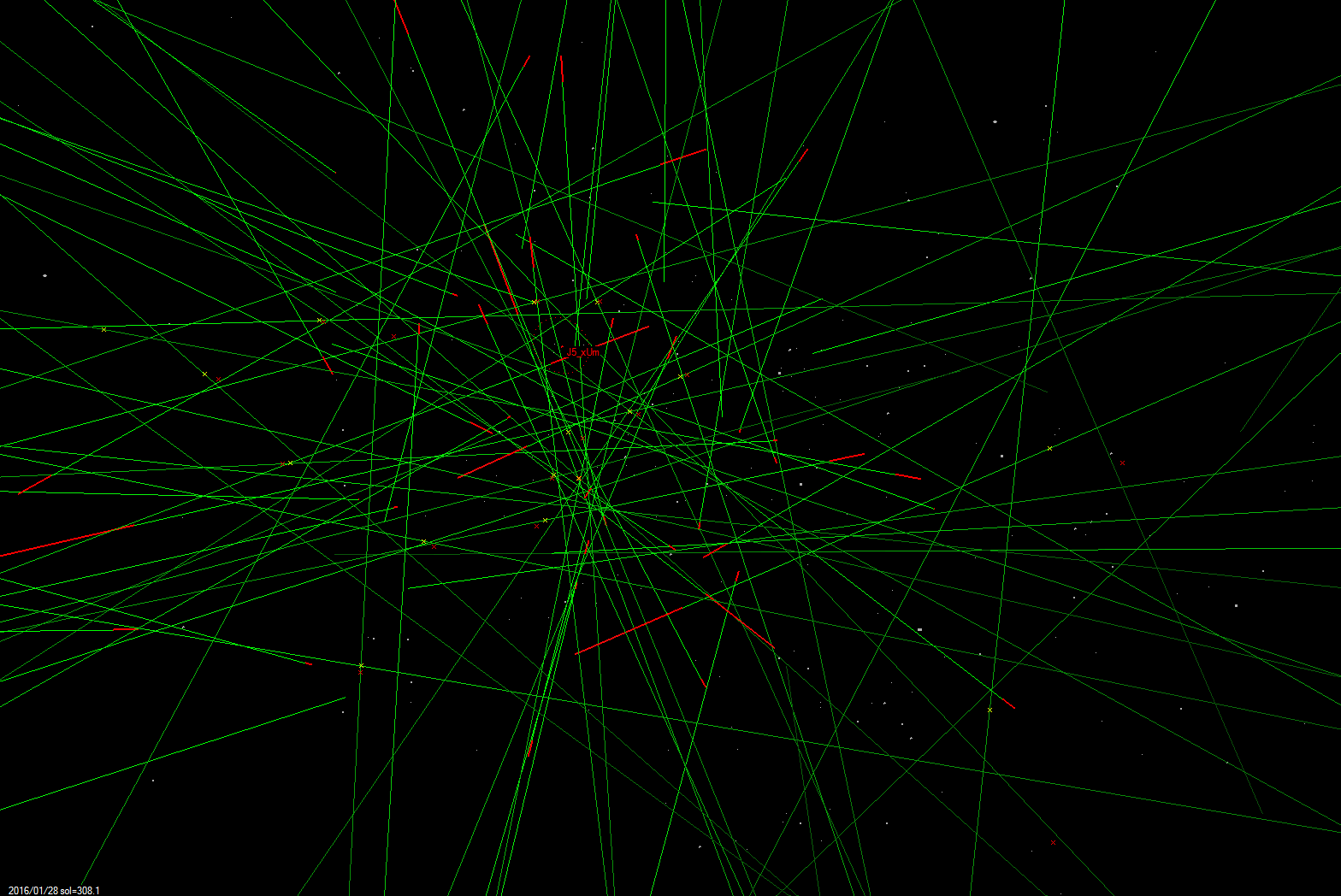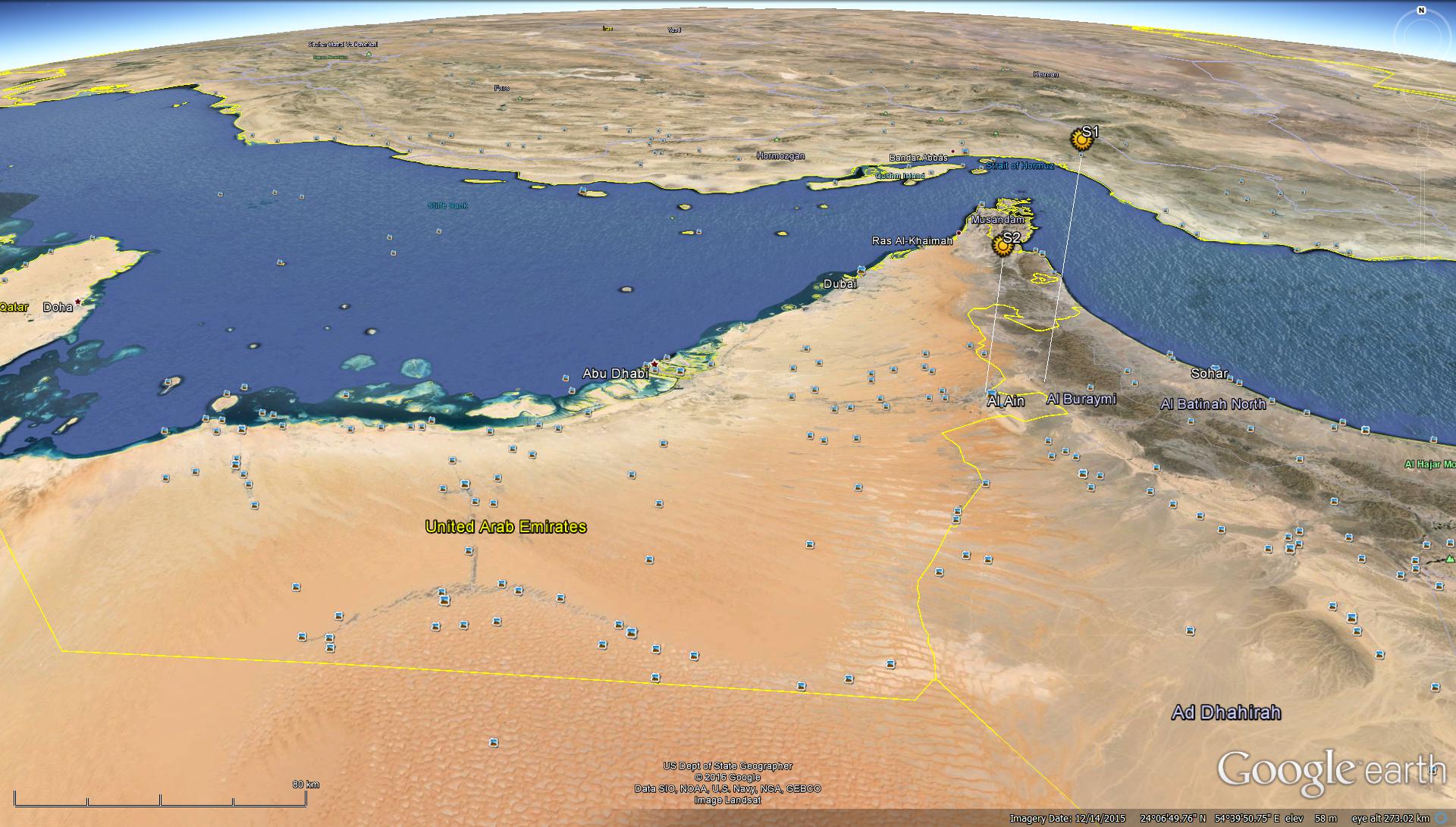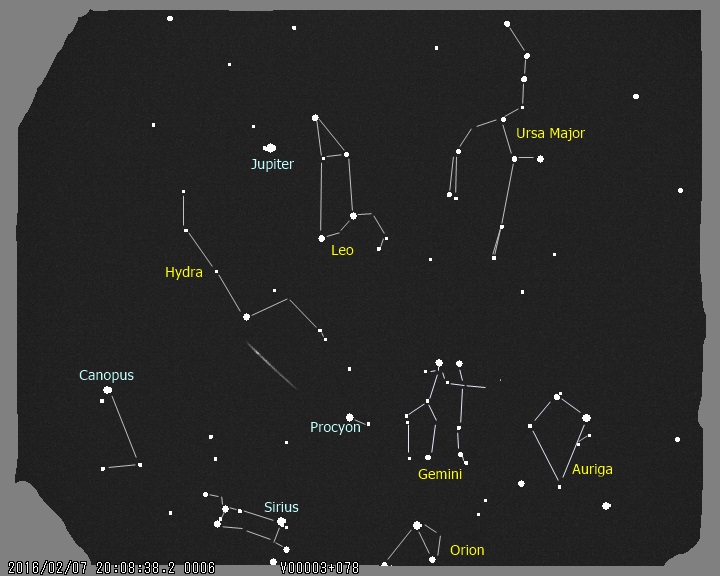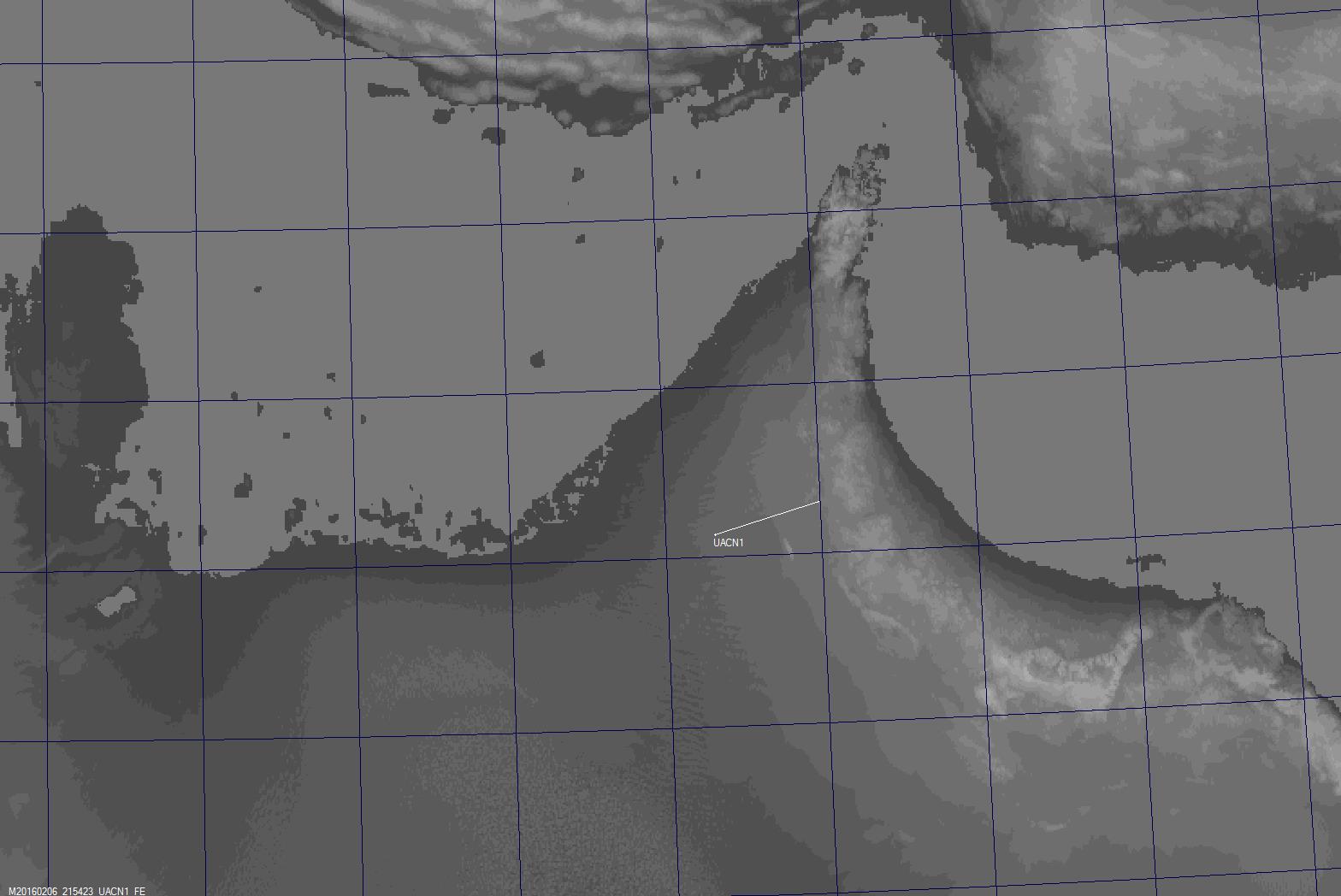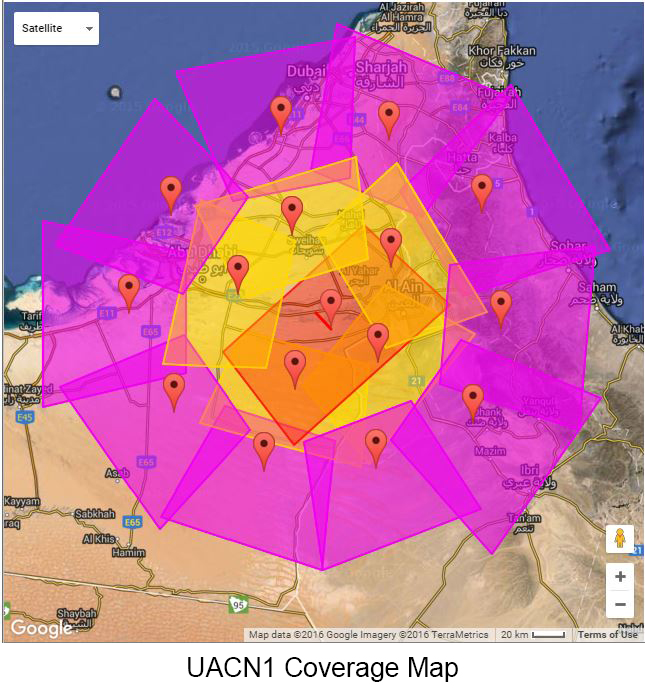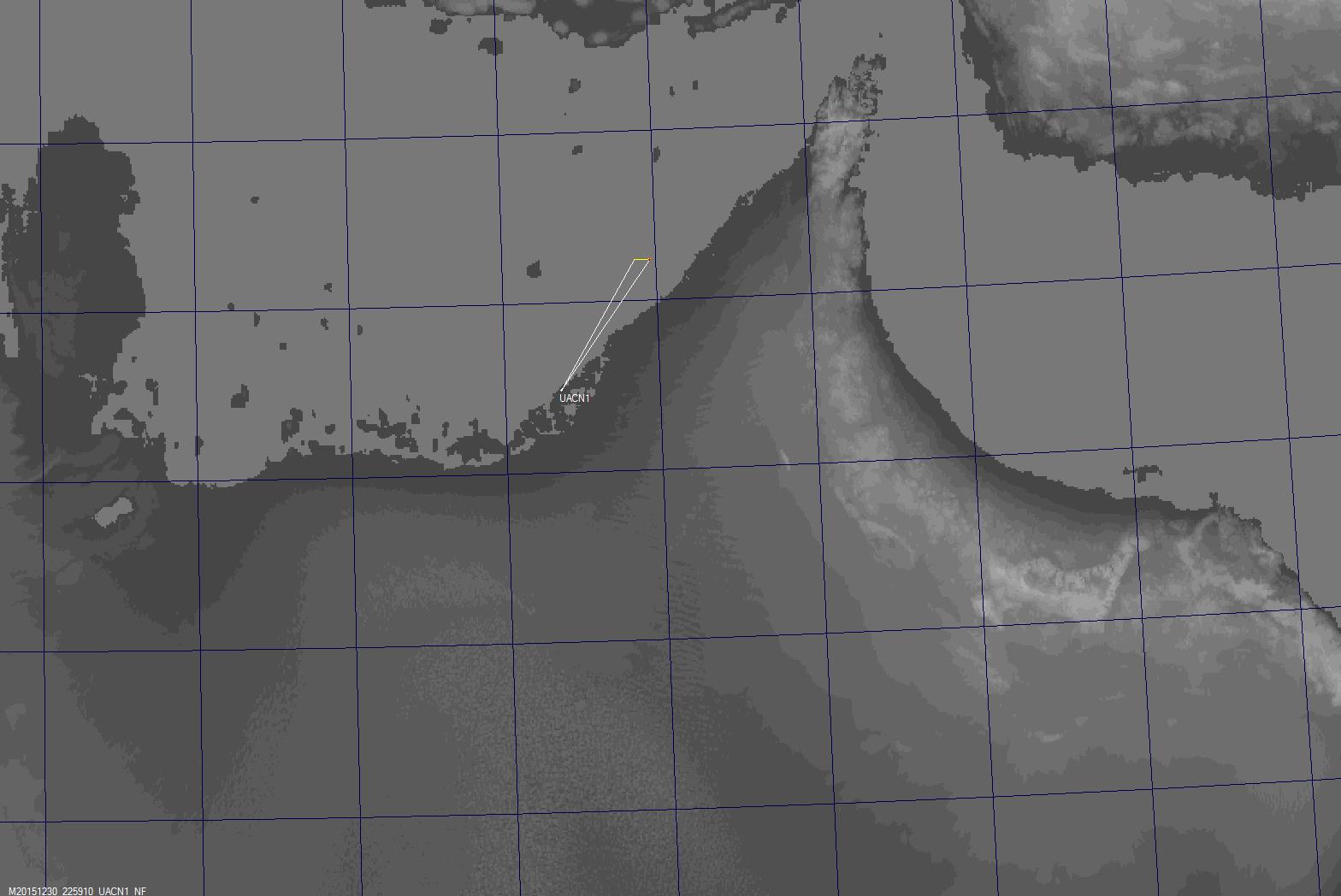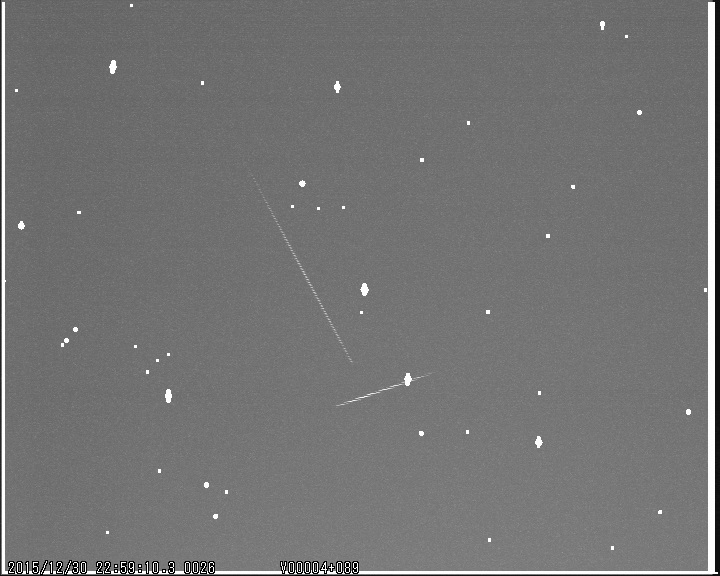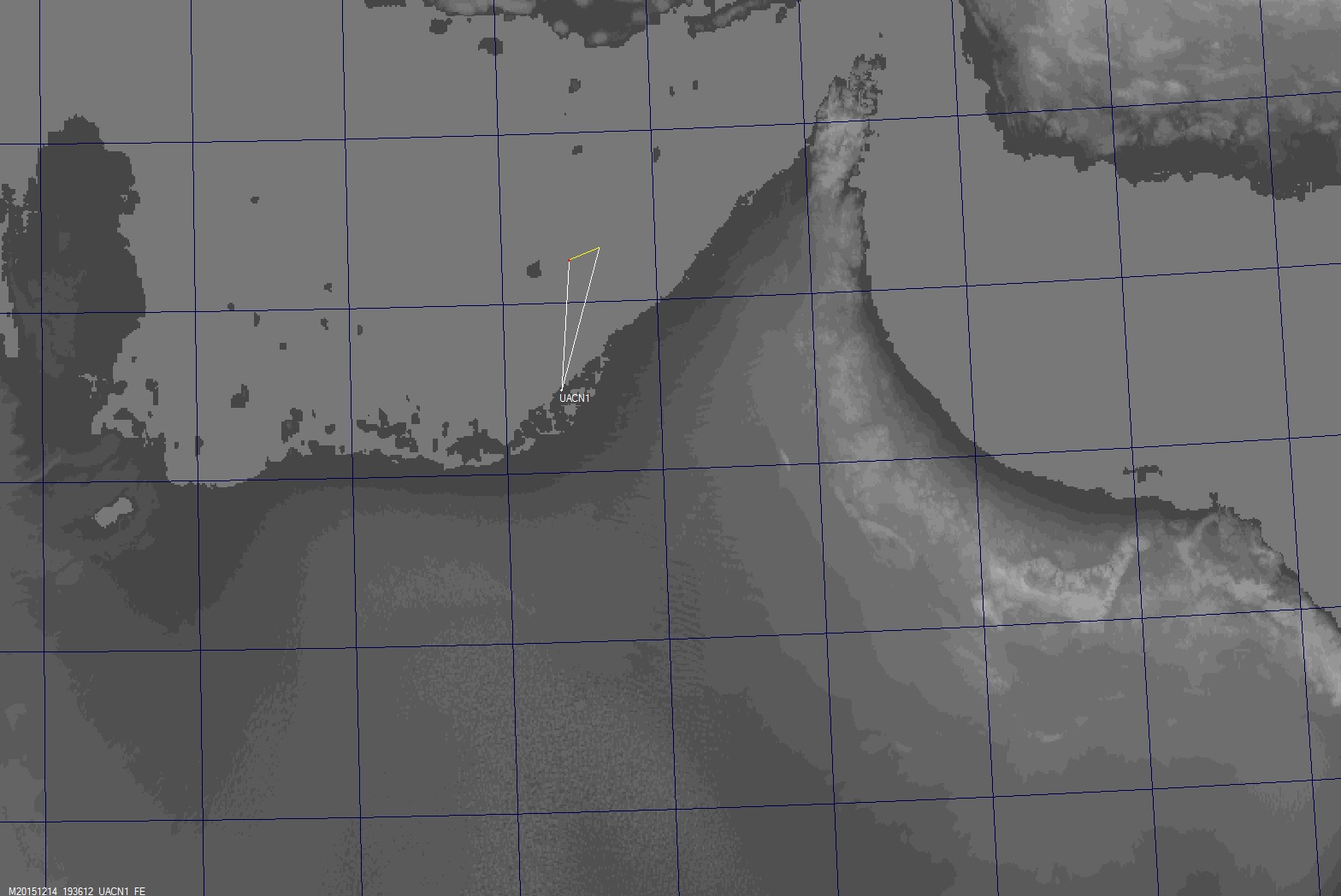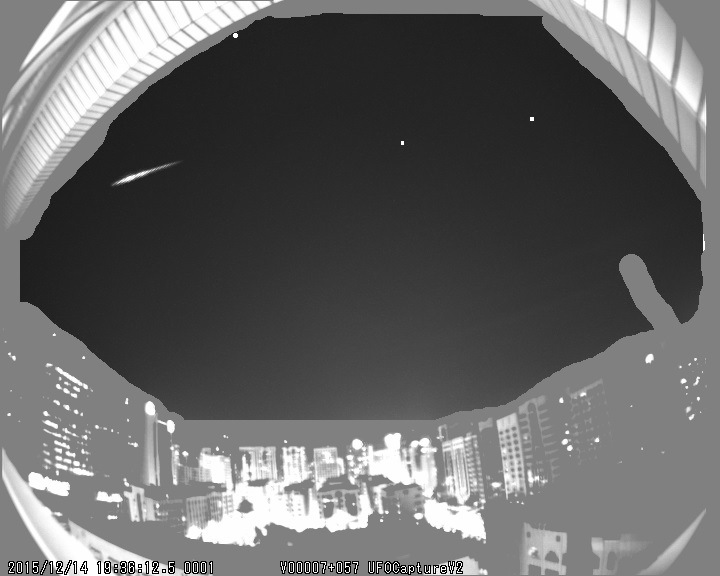In this page:
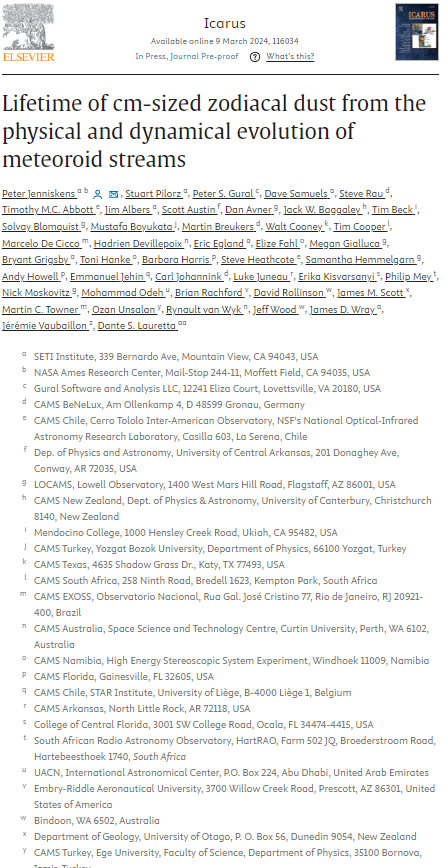
25 November 2021: ANDROMEDID METEOR SHOWER 2021: P. Jenniskens, SETI Institute and Ames Research Center, NASA, reports that significant Andromedid (IAU shower 18) activity is being detected this year by northern-hemisphere networks of the CAMS video-based meteoroid-orbit survey in the BeNeLux countries (coordinated by C. Johannink and M. Breukers), Turkey (O. Unsalan), the United Arab Emirates (M. Odeh), Florida (A. Howell), Texas (W. Cooney, D. Samuels), Arkansas (L. Juneau), Arizona (N. Moskovitz), and California (J. Albers, T. Beck). The shower was first detected on 2021 Oct. 28, when the radiant was near the ecliptic plane. The radiant slowly rose to higher ecliptic latitudes while rates increased until a broad maximum on Nov. 9, when on average one Andromedid was triangulated for every 68 sporadic meteors. After that, rates declined until a reversal occurred (cf. website URL http://cams.seti.org/FDL/ for dates of 2021 Nov. 20-22). Starting on Nov. 20, rates have been significantly above the previous trend. On Nov. 22, there was one Andromedid triangulated for every 42 sporadic meteors, and rates appeared to be rising. The parent comet is 3D/Biela. Note that the historic Andromedid storms from 1872 and 1885 radiated from R.A. = 27 deg, Decl. = +45 deg on Nov. 27, but no such high activity is expected this year. Later on, P. Jenniskens added: After the announcement went out, Andromedid rates continued to increase. The shower is even detected by some of the southern hemisphere stations. The increase is also visible in the online CMOR radar data, suggesting the outburst is rich in faint meteors: https://fireballs.ndc.nasa.gov/cmor-radiants/earth.html. 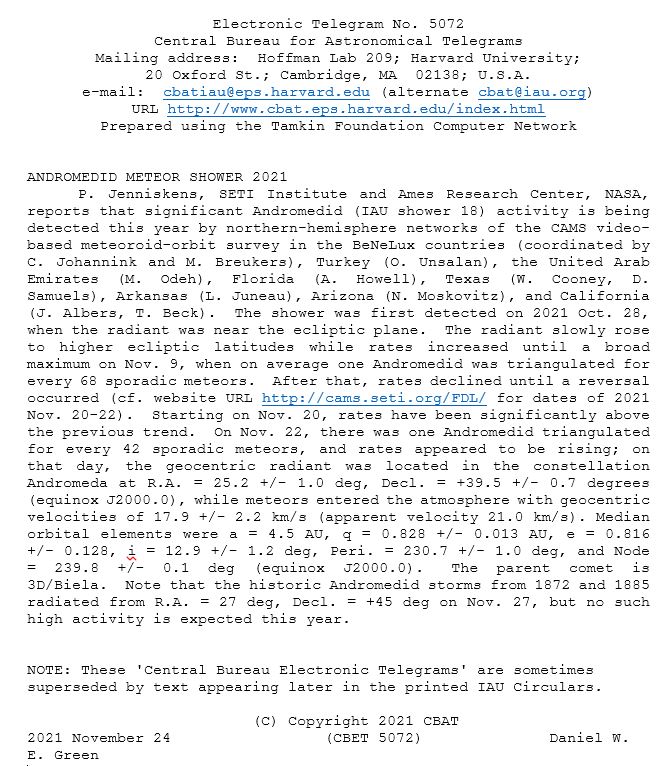
28 June 2021: The International Astronomical Center (IAC) participated in publishing a paper in Icarus journal, entitled “Meteor showers from known long-period comets”, the paper which was publish in Volume 365, September 2021 can be viewed at this page. 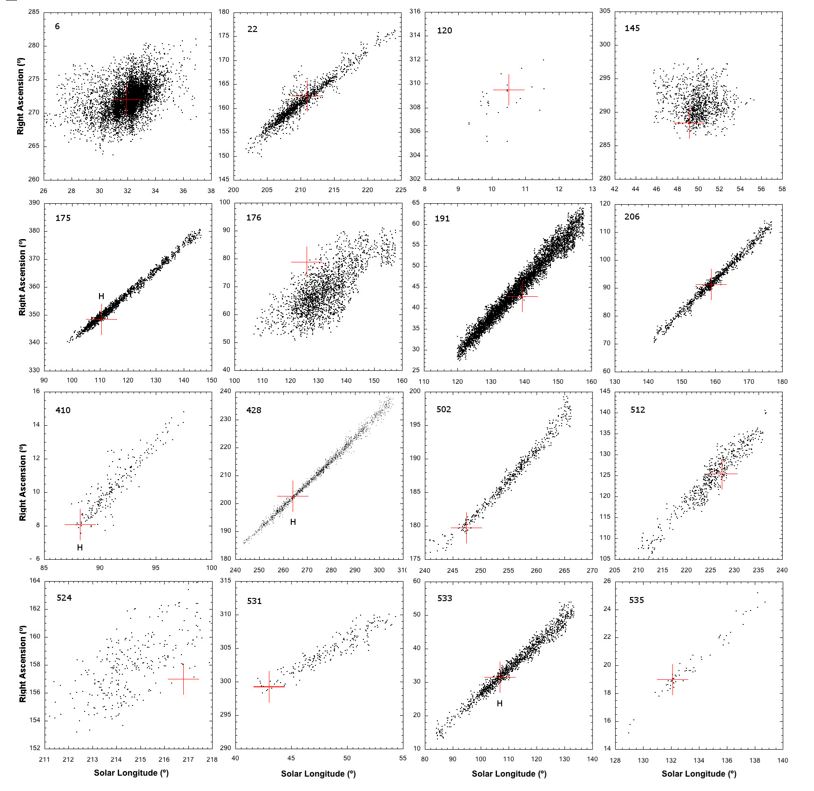
01 January 2021: The IAU issued its telegram number 4900 stating that CAMS low-light video surveillance network in California, CAMS Florida, the Lowell Observatory CAMS network, the United Arab Emirates Astronomical Camera Network, the Northern California CAMS network, CAMS Arkansas, and CAMS Texas triangulated 193 Ursids during the expected peak night of the shower. More infromation can be found in the below IAU telegram. 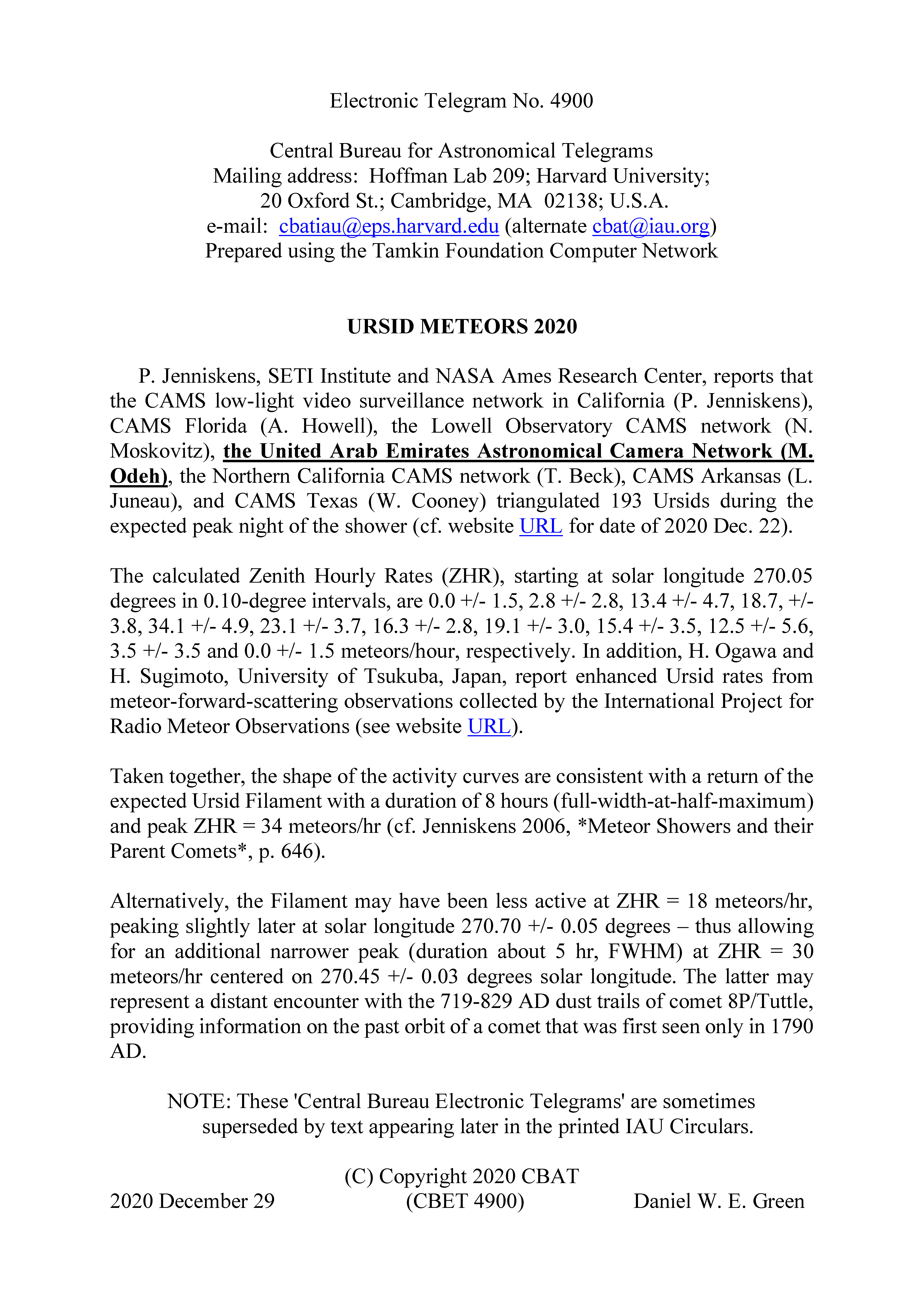
01 October 2020: UACN participated in discovering a new meteor shower: An outburst of meteors with a radiant just above the Hyades in low-light video observations on 2020 Sept. 21 and 22 . Seven meteors were detected by CAMS Namibia, six meteors by the United Arab Emirates Astronomical Camera Network, and one by CAMS Florida. The relevant meteors (ranging in magnitude from +3 to -5) radiated from a median radiant having coordinates R.A. = 66.0 +/- 1.2 deg, Decl. = +24.1 +/- 0.6 deg (equinox J2000.0), and geocentric velocity 67.8 +/- 1.2 km/s. The derived orbital elements are those of a low-inclination long-period comet. Nine out of fourteen meteors appeared during the solar-longitude interval 179.13-179.24 degrees. Thirteen out of eighteen shower members appeared between solar longitudes 179.05 and 179.24 degrees. Together, the activity peaked at solar longitude 179.15 +/- 0.04 deg and has a full-width-at-half-maximum of about 0.14 degrees in solar longitude. The shower is now listed as number 1045 in the IAU Working List of Meteor Showers and named the September upsilon Taurids.
01 January 2020: Early this year, the International Astronomical Center (IAC) participated in publishing a paper in the journal Planetary and Space Sciences, entitled “2019 outburst of 15-Bootids (IAU#923, FBO) and search strategy to find the potentially hazardous comet”, more information is found in this page. 
07 December 2019: UACN2 has been rebuilt and configured for operation on 07 December 2019, so the total number of working stations in the network is three now again. 
13 March 2019: A bright fireball was detected by UACN on 05 March 2019 at 19:40:11 local time. The fireball was recorded by cameras in UACN1 and UACN3. The calculations showed that a possible meteorite could have reached the ground in an area near the Arabian Nights Village Resort, thus IAC formed a team to look for this possible meteorite on 12 March 2019. By the end of this search, the team found a magnetic stony-iron piece, and after sending it to specialized labs inside and outside UAE, the results confirmed it is an old meteorite.
01 June 2018: The International Astronomical Center (IAC) participated in publishing a paper in the journal Planetary and Space Sciences, entitled “A survey of southern hemisphere meteor showers”, the paper which was publish in Volume 154, May 2018, Pages 21-29 can be viewed from this page. 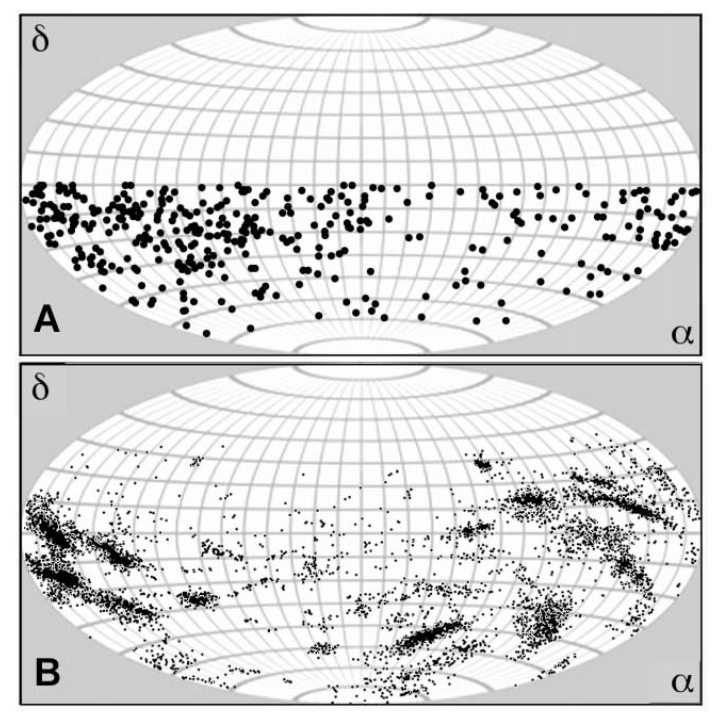
05 December 2017: The below CBET telegram released by the IAU states that UACN has detected several meteors for Alpha Monocerotids meteor shower on 21 November 2017. Please have a look at the below telegram to know more details.
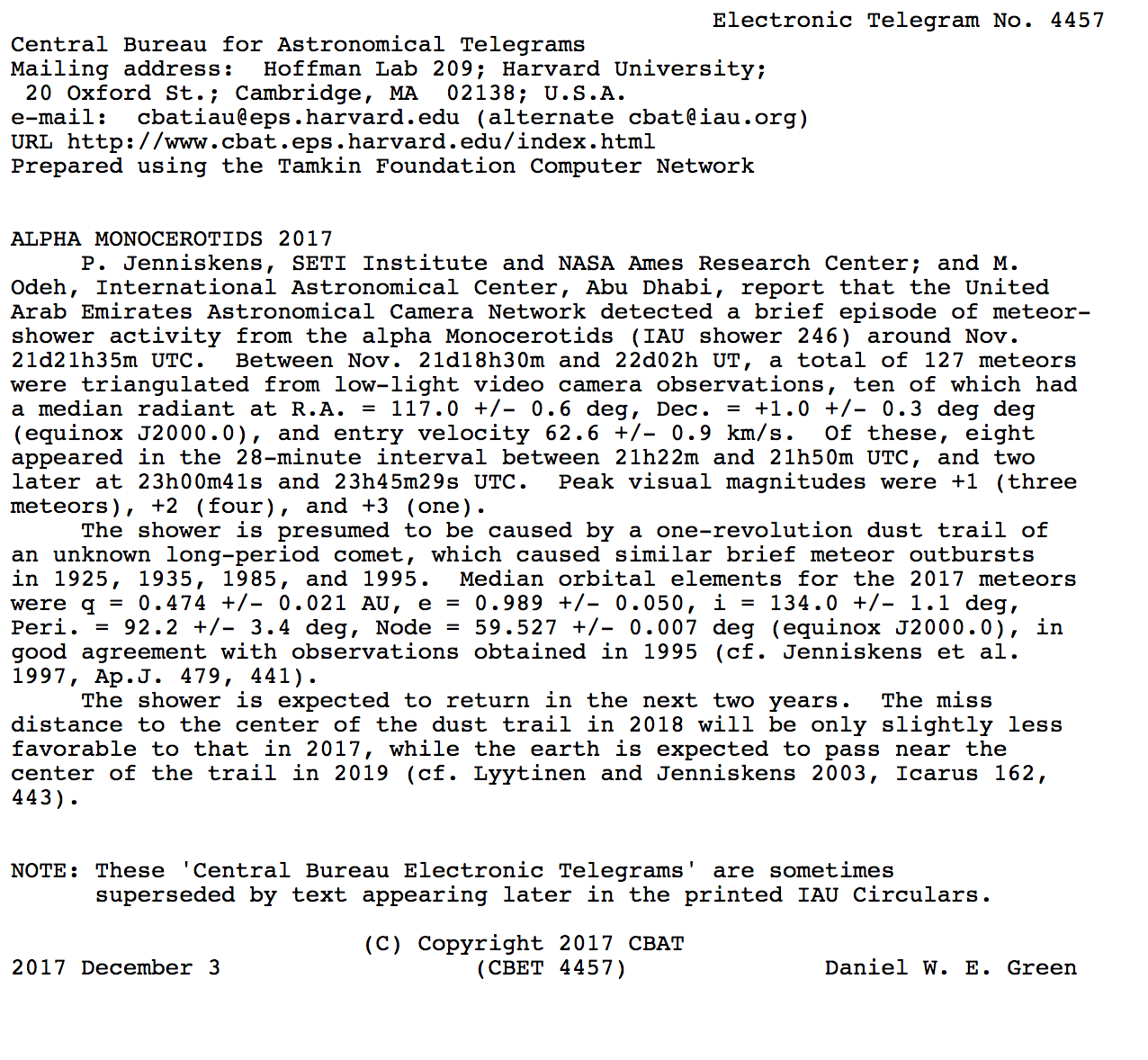
16 October 2017: Satellite re-entry was seen on Monday 16 October 2017 at 19:30 (UT+4) from UAE, Oman, Qatar, Bahrain, Kuwait, eastern parts of Saudi. The name of the satellite is PROGRESS MS-07 SL-4 R/B, it is the second stage of a Russian rocket (Soyuz-2.1a), which was launched on 14 October 2017 towards ISS. The dimensions of the satellite are 6.7m length, 2.7m diameter, empty weight is 2355 Kg. Most probably the impact location was in the Indian ocean. UACN1 and UACN3 were able to record the re-entry at 19:29:34 (UT+4) as shown in the below photos. The below YouTube video contains several videos for the re-entry as seen from Gulf area. 
13 October 2017: After the stations were off for several months, we re-assembled and re-operated UACN1 and UACN3, this was possible after we got support from different parties, especially Etisalat.
30 October 2016: UACN detected many Orionid meteors on 21 October. This meteor shower happens every year between 02 October to 07 November, with the peak around 21 October. UACN was able to triangulate 308 Orionid orbits on the night of 21-22 October! The below map shows the radiant of the detected meteors on that night, and it shows Orionids meteor shower as well as Southern Taurids meteor shower. Other photos show the path of the detected meteors above UAE, the orbit of some meteors, and some Orionid meteors.
15 October 2016: The dust trail of an unknown long-period comet wandered in Earth's path on October 5. The outburst of October Camelopardalids (IAU code "OCT") peaked at around 14:45 UT. CAMS California recorded 9 meteors from a compact radiant between 8:45 and 13:15 UT, while the the new network in the United Arab Emirates on the other side of Earth detected 3 between 14:48 and 19:15 UT. Carl Johannink reports that a first look of CAMS BeNeLux data also shows four OCT. Geocentric radiants cluster on the border of the constellations Camelopardalis and Draco. Below is a copy of CBET telegram.
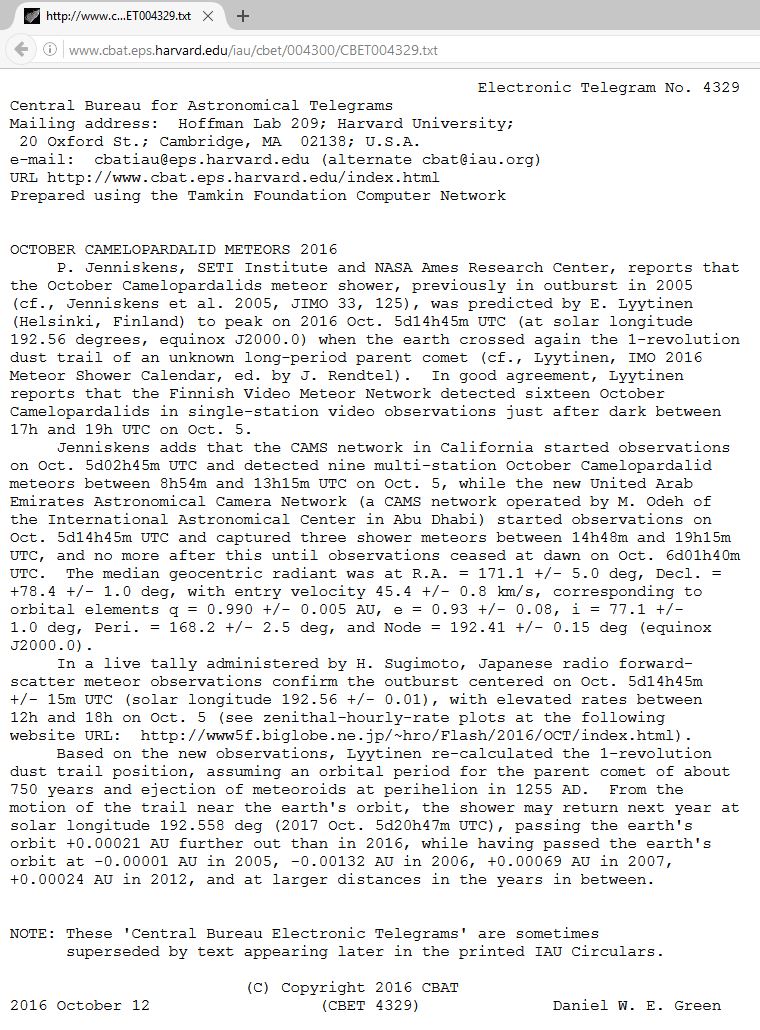
08 October 2016: IAC formed a team to look for the possible meteorite of the bright fireball which appeared on 30 September 2016. The search area is shown in the below photo, where the black rectangle is the key search area, the red line is the location where the meteorite is expected “calculated” to fall starting from 5g up to 20g. The campaign was held on Friday 07 October to look for the meteorite in the possible areas within the black rectangle, knowing that there are some important areas that we can’t enter for several reasons, such as construction works! A group of six persons were divided into three teams, each team consists of two persons. Team1 consists of Yosr Zayed and Mahmoud Elwan searched in the blue area, team2 consists of Mohammad Tabeekh and Jaber Al-Nomany searched in the brown area, and team3 consists of Refat Ahmad and Mohammad Odeh searched in the purple area. The campaign started by a brief meeting and ended by a summary meeting to get the lessons learned. At the end, the teams showed the stones which they obtained for further study to decide if any of them is possible to be the meteorite. Kindly click here to see the photos of the campaign.
03 October 2016: 764 meteoroid orbits were obtained using the data of UACN1 and UACN2 during September 2016.
02 October 2016: UACN3 start operation on 01 October, it is located 8 Kms south west of Wagan city.
01 October 2016: On Friday 30 September at 16:15:58 UT, a moderately bright fireball with multiple flares was reported by United Arab Emirates and Oman observers. The fireball was captured by stations UANC1 and UANC2 of the CAMS UAE camera network. Preliminary results calculated by Peter Jenniskens show a trajectory with apparent entry speed of 23 km/s from direction RA = 345 deg and +31 deg. The object arrived on an asteroidal orbit. Small meteorites may have fallen in Khaleefa city near Abu Dhabi city. Below is a video for the fireball captured by UACN1 and UACN2 wide field cameras. Also, below are some photos for the fireball captured by the narrow field cameras in UACN1 and UACN2.
08 September 2016: UACN2 started operation on 31 August 2016, however, the CAMS part of UACN2 contributed data started on September 7. The station is located 27 Kms to the south of Razeen area. By operating two stations we are able now to get the orbital elements and draw the orbit of the meteoroid if the meteor was captured by the two stations. We immediately have a surprise! First light shows strong activity of the September epsilon Perseids (IAU shower 208, SPE). The below photo shows the orbit of the first meteor captured in the CAMS UAE network: a sunskirting meteoroid passing only q = 0.0454 +/- 0.002 AU from the Sun.
15 August 2016: Several Perseid meteors were captured by the wide field camera in UACN1. 76 meteors brighter than magnitude zero were captured during the period 10 to 14 August 2016. Below are photos for the meteors taken by the wide field and the narrow field cameras.
11 August 2016: Minus 6-magnitude Perseid fireball was captured by UACN1 wide field camera on 11 August 2016 at 23:35:02.
09 August 2016: Minus 8.5-magnitude fireball was captured by UACN1 wide field camera on 09 August 2016 at 16:16:46.
29 May 2016: UACN1 captured several meteors of Eta Aquarids meteor shower during the period 19 April to 28 May 2016. Below are photos for some of the captured meteors by the wide field camera.
21 March 2016: 104 meteors brighter than magnitude zero were captured by the wide field camera in UACN1 since its start on 28 January 2016 till 20 Mars 2016. The path of these meteors are shown on the below map assuming certain values. The second photo shows the path of each meteor in the sky. The brightest meteor was a fireball of the magnitude minus 11 which appeared on 07 February 2016 at 01:54:23 local time. The below map shows approximate start and end points of the fireball. The table at the end shows the distribution of the captured meteors according to their meteor shower and magnitude.
06 February 2016: Minus 11-maginute fireball captured by UACN1 on 06 February 2016 at 21:54:23 UT. The first video was taken by the wide field camera, whereas the second one was taken by the narrow field camera.
28 January 2016: The first station UACN1 located in Rmah, UAE is operational and is contributing data. The below photos are for the box which contains the cameras as well as the station’s field of view.
30 December 2015: Southern Taurid meteor and sporadic meteor captured on 30 December 2015 at 22:59:10 UT during testing the system in Abu Dhabi city. Ursa Major appears in the field as well.
14 December 2015: Geminid meteor captured on 14 December 2015 at 19:36:12 UT during testing the system in Abu Dhabi city.
The project is supported by the United Arab Emirates Space Agency. We would like to thank the Emirates Telecommunications Corporation (Etisalat) for providing several free data packages to transfer the data from the stations to the main center in Abu Dhabi.
About UACN
The UAE Astronomical Cameras Network (UACN) is an activity done in cooperation between the International Astronomical Center (IAC) and the SETI Institute. It consists of sky-pointed astronomical cameras located at several locations in the United Arab Emirates. The cameras automatically record a video file once a meteor is detected. That meteor might just be part of a meteor shower, or it could be a meteorite fall or the reentry of satellite debris! When that meteor is captured from more than one site, its trajectory is calculated so that the meteor shower of origin can be determined, as well as the location of meteorite impact sites in case a meteorite fall happens over the UAE.
The project consists of three stations called UACN1, UACN2 and UACN3. The stations were operational and are contributing data since the following dates: UACN1 on 28 January 2016, UACN2 on 31 August 2016 and UACN3 on 01 October 2016. Each station has 17 cameras, 16 of which are running as one fly's eye camera that covers the sky above 30 degrees altitude. These 16 cameras are operated as part of the Cameras for Allsky Meteor Surveillance (CAMS) project, which is a NASA/SETI Institute automated video surveillance of the night sky in search of meteor showers to validate the IAU working list of meteor showers. The 17th camera has a wide-angle lens to cover the whole sky above 20 degrees altitude in one image. This camera operates independently of the CAMS project and is run by UFOCapture software. This camera can record deeper penetrating parts of bright meteors and satellite reentries. The below map shows the location of the three stations:
The project consists of three stations called UACN1, UACN2 and UACN3. The stations were operational and are contributing data since the following dates: UACN1 on 28 January 2016, UACN2 on 31 August 2016 and UACN3 on 01 October 2016. Each station has 17 cameras, 16 of which are running as one fly's eye camera that covers the sky above 30 degrees altitude. These 16 cameras are operated as part of the Cameras for Allsky Meteor Surveillance (CAMS) project, which is a NASA/SETI Institute automated video surveillance of the night sky in search of meteor showers to validate the IAU working list of meteor showers. The 17th camera has a wide-angle lens to cover the whole sky above 20 degrees altitude in one image. This camera operates independently of the CAMS project and is run by UFOCapture software. This camera can record deeper penetrating parts of bright meteors and satellite reentries. The below map shows the location of the three stations:
Papers and Publications
Below is a list of the publications or papers which UACN participated in: IAU Telegrams- IAU Electronic Telegram No. 5347: IOTA CENTAURID METEOR SHOWER 2024.
- IAU Electronic Telegram No. 5231: FEBRUARY HYDRID METEORS 2023.
- IAU Electronic Telegram No. 5161: AUGUST DELTA CAPRICORNIDS METEOR SHOWER 2022.
- IAU Electronic Telegram No. 5126: TAU HERCULID METEORS 2022.
- IAU Electronic Telegram No. 5072: ANDROMEDID METEOR SHOWER 2021.
- IAU Electronic Telegram No. 4900: URSID METEORS 2020.
- IAU Electronic Telegram No. 4882: 29 PISCID METEOR SHOWER IN 2019 (Released in October 2020).
- IAU Electronic Telegram No. 4862: SEPTEMBER UPSILON TAURID METEOR SHOWER 2020.
- IAU Electronic Telegram No. 4457: Alpha Monocerotids 2017.
- Jenniskens, P., Pilorz, S., Gural, P., et al., “Lifetime of cm-sized zodiacal dust from the physical and dynamical evolution of meteoroid streams”, Icarus, vol. 415, 2024. Link
- Odeh, M., Al-Wardat, M., and Jenniskens, P., “New showers identified among meteors observed in the UAE”, Experimental Astronomy, vol. 56, no. 2–3, Springer, pp. 793–819, 2023. Link
- Jenniskens, P., Lauretta, D., Towner, C., Heathcote, S., Jehin, E., Hanke, T., Cooper, T., et al., “Meteor showers from known long-period comets”, Icarus, vol. 365, 2021. Link
- Jenniskens, P., Lyytinen, E., Johannink, C., Odeh, M., Moskovitz, N., and Abbott, T. M. C., “2019 outburst of 15-Bootids (IAU#923, FBO) and search strategy to find the potentially hazardous comet”, Planetary and Space Science, vol. 181, 2020. Link
- Jenniskens, P., Baggaley, J., Crumpton, I., et al., “A survey of southern hemisphere meteor showers”, Planetary and Space Science, vol. 154, pp. 21–29, 2018. Link
UACN News and Results
14 March 2024: The International Astronomical Center (IAC) participated through its UAE Astronomical Cameras Network (UACN) in a paper entitled “Lifetime of cm-sized zodiacal dust from the physical and dynamical evolution of meteoroid streams”. While comets eject mass mostly at cm-sizes and larger, that size range of particles is mostly absent from the interplanetary medium. Such particles are thought to be lost from the solar system by grain-grain collisions. Here, we investigate the lifetime of cm-sized meteoroids from their abundance in meteoroid streams of different age. For 487 streams, we measured the orbital element dispersions, the magnitude size distribution index, the ratio of fluffy and dense materials in the stream and their bulk densities, and the meteor light curve shape-parameter. The paper can be viewed from this link.

25 November 2021: ANDROMEDID METEOR SHOWER 2021: P. Jenniskens, SETI Institute and Ames Research Center, NASA, reports that significant Andromedid (IAU shower 18) activity is being detected this year by northern-hemisphere networks of the CAMS video-based meteoroid-orbit survey in the BeNeLux countries (coordinated by C. Johannink and M. Breukers), Turkey (O. Unsalan), the United Arab Emirates (M. Odeh), Florida (A. Howell), Texas (W. Cooney, D. Samuels), Arkansas (L. Juneau), Arizona (N. Moskovitz), and California (J. Albers, T. Beck). The shower was first detected on 2021 Oct. 28, when the radiant was near the ecliptic plane. The radiant slowly rose to higher ecliptic latitudes while rates increased until a broad maximum on Nov. 9, when on average one Andromedid was triangulated for every 68 sporadic meteors. After that, rates declined until a reversal occurred (cf. website URL http://cams.seti.org/FDL/ for dates of 2021 Nov. 20-22). Starting on Nov. 20, rates have been significantly above the previous trend. On Nov. 22, there was one Andromedid triangulated for every 42 sporadic meteors, and rates appeared to be rising. The parent comet is 3D/Biela. Note that the historic Andromedid storms from 1872 and 1885 radiated from R.A. = 27 deg, Decl. = +45 deg on Nov. 27, but no such high activity is expected this year. Later on, P. Jenniskens added: After the announcement went out, Andromedid rates continued to increase. The shower is even detected by some of the southern hemisphere stations. The increase is also visible in the online CMOR radar data, suggesting the outburst is rich in faint meteors: https://fireballs.ndc.nasa.gov/cmor-radiants/earth.html.

28 June 2021: The International Astronomical Center (IAC) participated in publishing a paper in Icarus journal, entitled “Meteor showers from known long-period comets”, the paper which was publish in Volume 365, September 2021 can be viewed at this page.

01 January 2021: The IAU issued its telegram number 4900 stating that CAMS low-light video surveillance network in California, CAMS Florida, the Lowell Observatory CAMS network, the United Arab Emirates Astronomical Camera Network, the Northern California CAMS network, CAMS Arkansas, and CAMS Texas triangulated 193 Ursids during the expected peak night of the shower. More infromation can be found in the below IAU telegram.

01 October 2020: UACN participated in discovering a new meteor shower: An outburst of meteors with a radiant just above the Hyades in low-light video observations on 2020 Sept. 21 and 22 . Seven meteors were detected by CAMS Namibia, six meteors by the United Arab Emirates Astronomical Camera Network, and one by CAMS Florida. The relevant meteors (ranging in magnitude from +3 to -5) radiated from a median radiant having coordinates R.A. = 66.0 +/- 1.2 deg, Decl. = +24.1 +/- 0.6 deg (equinox J2000.0), and geocentric velocity 67.8 +/- 1.2 km/s. The derived orbital elements are those of a low-inclination long-period comet. Nine out of fourteen meteors appeared during the solar-longitude interval 179.13-179.24 degrees. Thirteen out of eighteen shower members appeared between solar longitudes 179.05 and 179.24 degrees. Together, the activity peaked at solar longitude 179.15 +/- 0.04 deg and has a full-width-at-half-maximum of about 0.14 degrees in solar longitude. The shower is now listed as number 1045 in the IAU Working List of Meteor Showers and named the September upsilon Taurids.
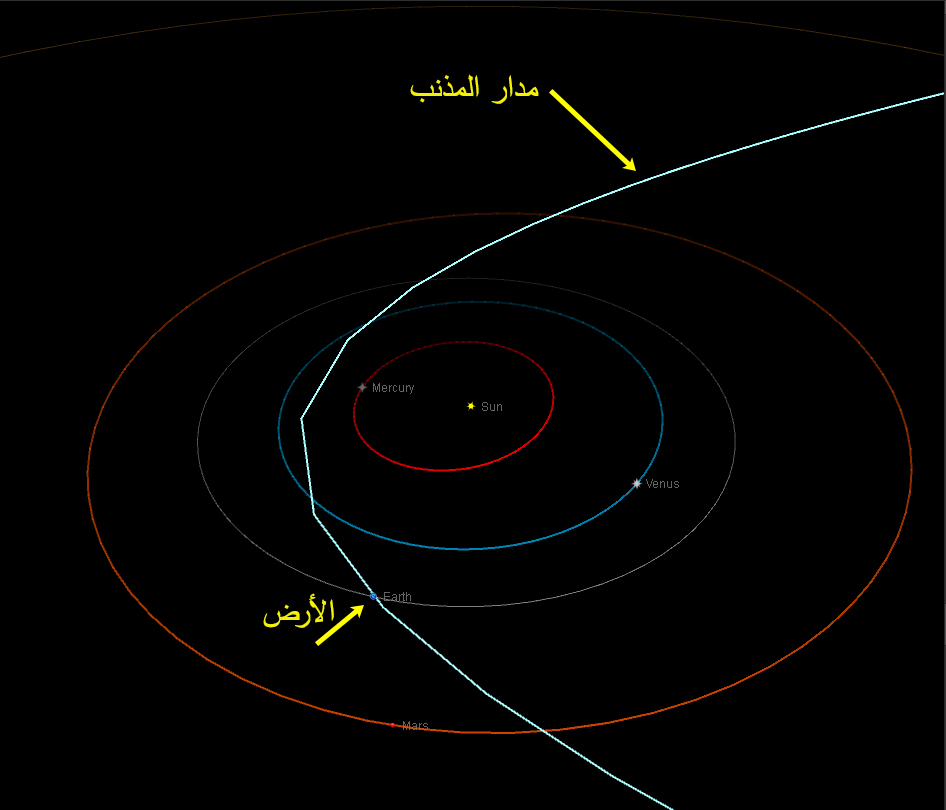 | 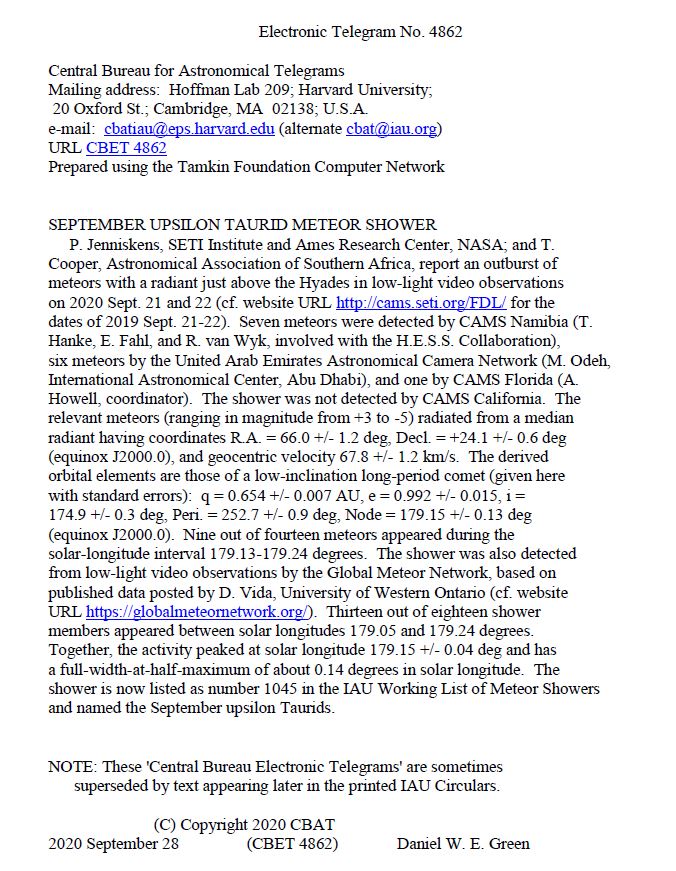 |
|---|---|
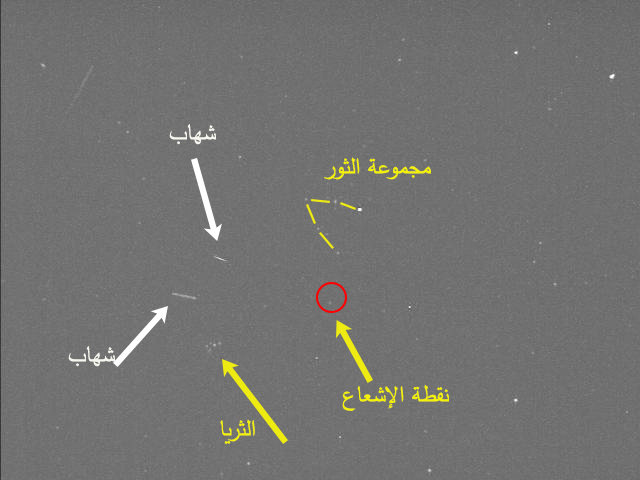 | 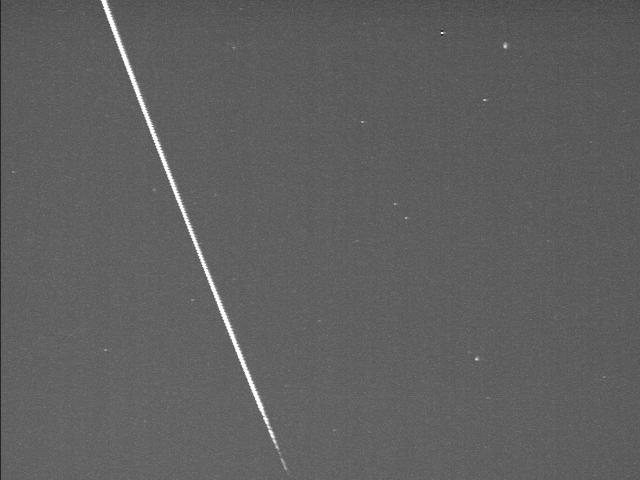 |
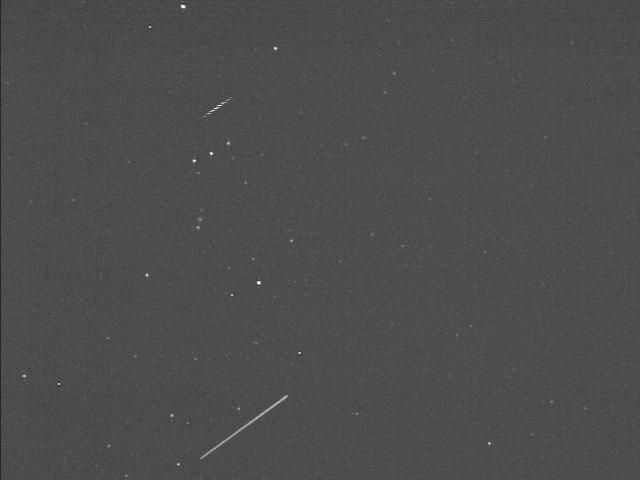 | 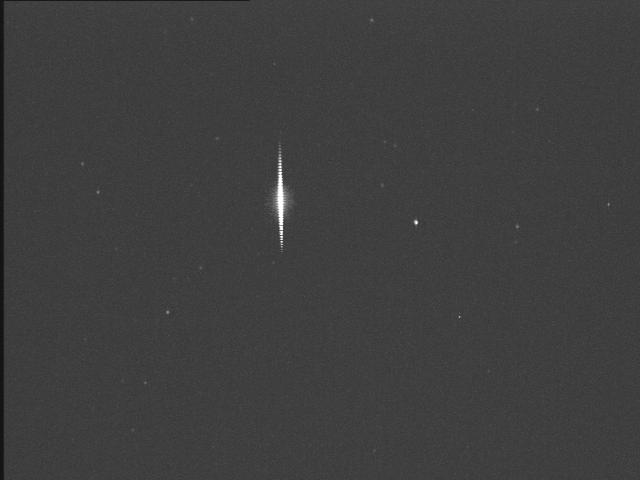 |
01 January 2020: Early this year, the International Astronomical Center (IAC) participated in publishing a paper in the journal Planetary and Space Sciences, entitled “2019 outburst of 15-Bootids (IAU#923, FBO) and search strategy to find the potentially hazardous comet”, more information is found in this page.

07 December 2019: UACN2 has been rebuilt and configured for operation on 07 December 2019, so the total number of working stations in the network is three now again.

13 March 2019: A bright fireball was detected by UACN on 05 March 2019 at 19:40:11 local time. The fireball was recorded by cameras in UACN1 and UACN3. The calculations showed that a possible meteorite could have reached the ground in an area near the Arabian Nights Village Resort, thus IAC formed a team to look for this possible meteorite on 12 March 2019. By the end of this search, the team found a magnetic stony-iron piece, and after sending it to specialized labs inside and outside UAE, the results confirmed it is an old meteorite.
01 June 2018: The International Astronomical Center (IAC) participated in publishing a paper in the journal Planetary and Space Sciences, entitled “A survey of southern hemisphere meteor showers”, the paper which was publish in Volume 154, May 2018, Pages 21-29 can be viewed from this page.

05 December 2017: The below CBET telegram released by the IAU states that UACN has detected several meteors for Alpha Monocerotids meteor shower on 21 November 2017. Please have a look at the below telegram to know more details.

16 October 2017: Satellite re-entry was seen on Monday 16 October 2017 at 19:30 (UT+4) from UAE, Oman, Qatar, Bahrain, Kuwait, eastern parts of Saudi. The name of the satellite is PROGRESS MS-07 SL-4 R/B, it is the second stage of a Russian rocket (Soyuz-2.1a), which was launched on 14 October 2017 towards ISS. The dimensions of the satellite are 6.7m length, 2.7m diameter, empty weight is 2355 Kg. Most probably the impact location was in the Indian ocean. UACN1 and UACN3 were able to record the re-entry at 19:29:34 (UT+4) as shown in the below photos. The below YouTube video contains several videos for the re-entry as seen from Gulf area.

13 October 2017: After the stations were off for several months, we re-assembled and re-operated UACN1 and UACN3, this was possible after we got support from different parties, especially Etisalat.
30 October 2016: UACN detected many Orionid meteors on 21 October. This meteor shower happens every year between 02 October to 07 November, with the peak around 21 October. UACN was able to triangulate 308 Orionid orbits on the night of 21-22 October! The below map shows the radiant of the detected meteors on that night, and it shows Orionids meteor shower as well as Southern Taurids meteor shower. Other photos show the path of the detected meteors above UAE, the orbit of some meteors, and some Orionid meteors.
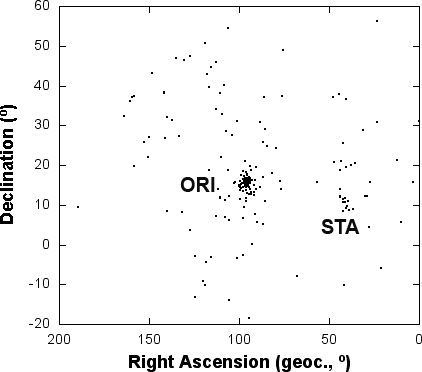 |  |
|---|---|
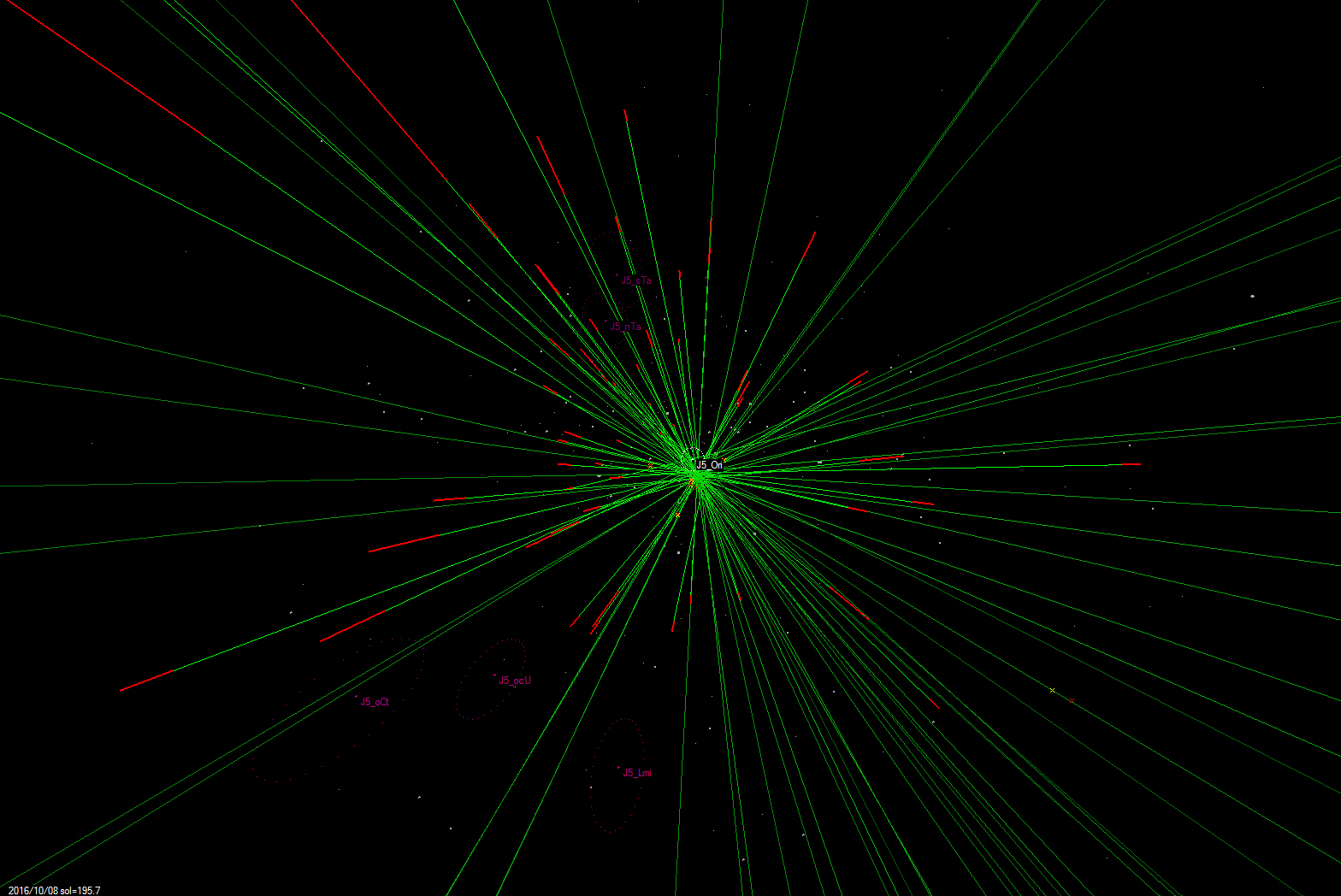 | 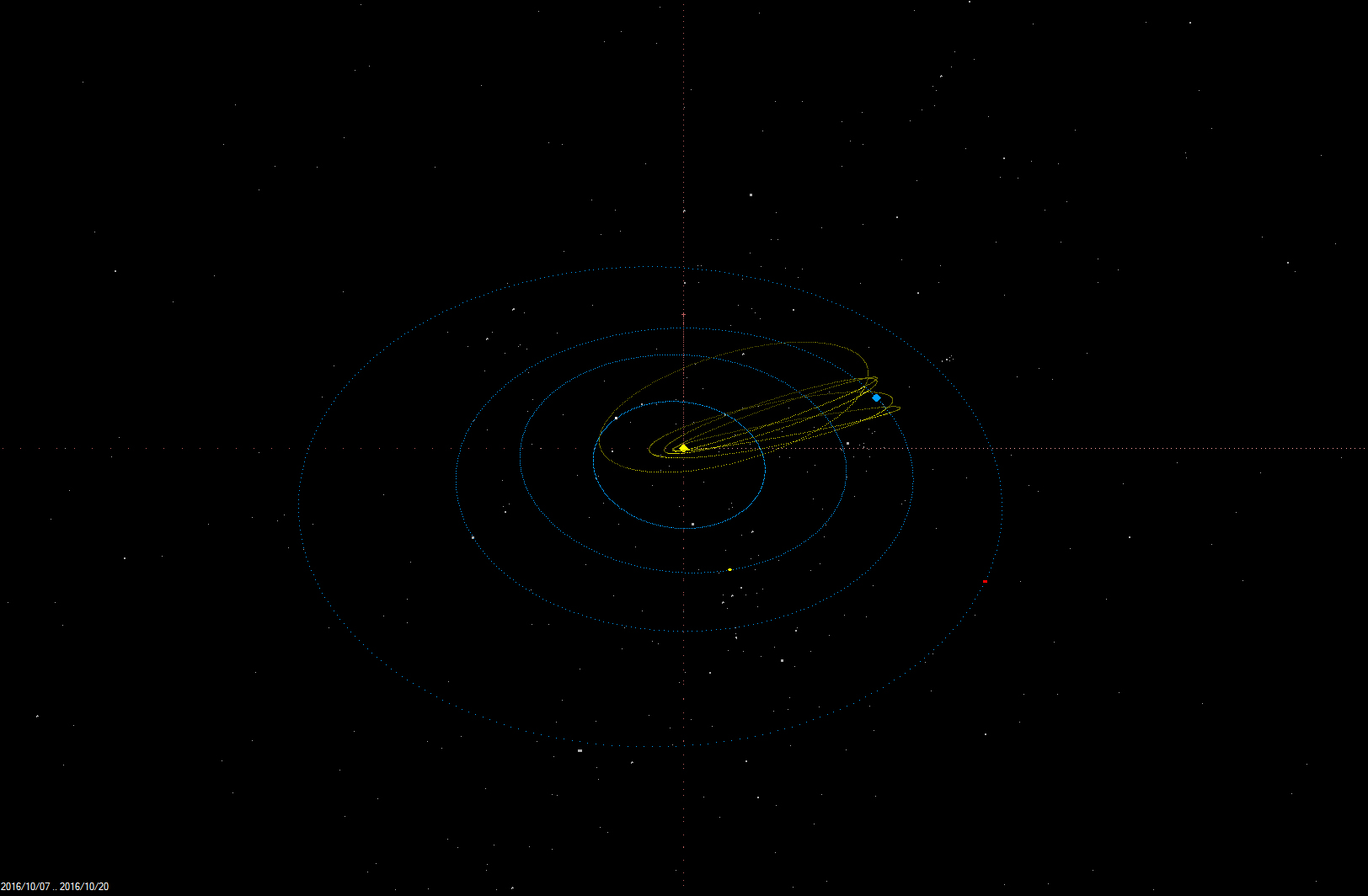 |
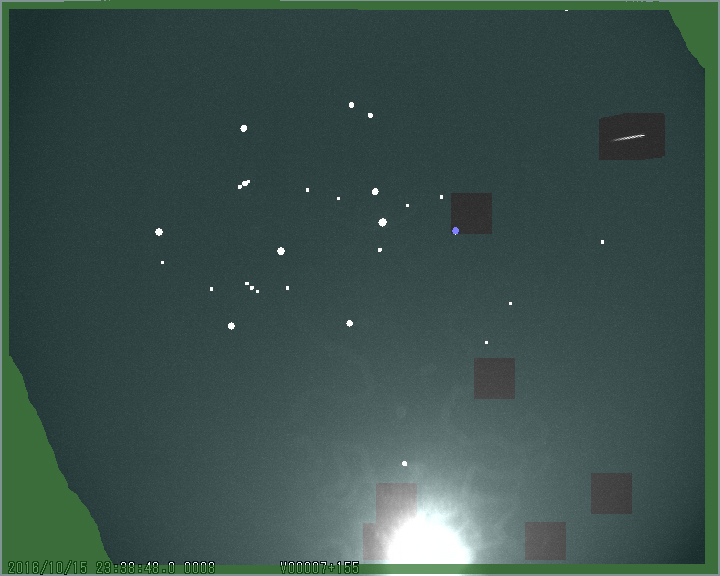 |  |
15 October 2016: The dust trail of an unknown long-period comet wandered in Earth's path on October 5. The outburst of October Camelopardalids (IAU code "OCT") peaked at around 14:45 UT. CAMS California recorded 9 meteors from a compact radiant between 8:45 and 13:15 UT, while the the new network in the United Arab Emirates on the other side of Earth detected 3 between 14:48 and 19:15 UT. Carl Johannink reports that a first look of CAMS BeNeLux data also shows four OCT. Geocentric radiants cluster on the border of the constellations Camelopardalis and Draco. Below is a copy of CBET telegram.

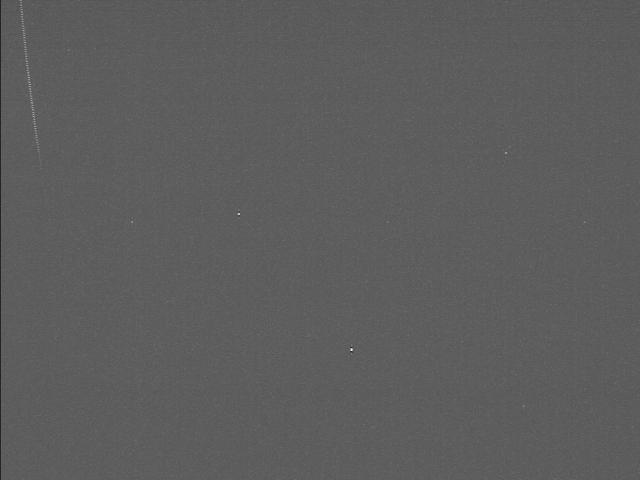 | 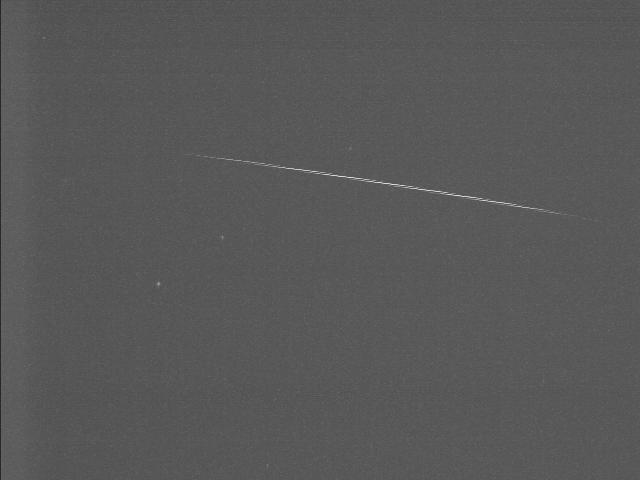 |
|---|---|
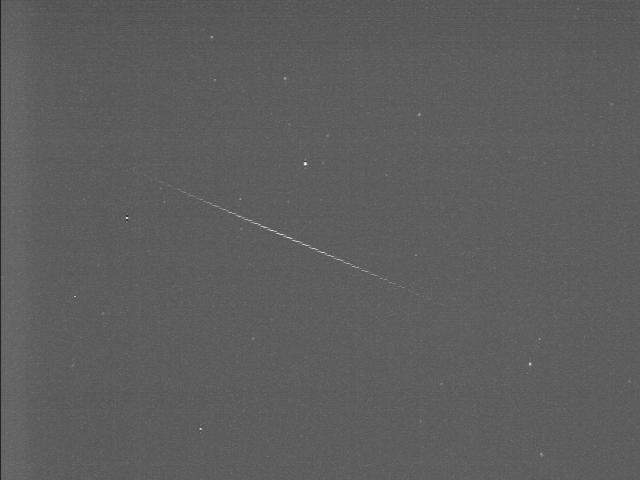 |  |
 | 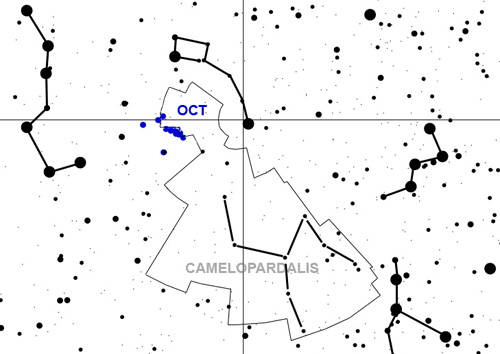 |
08 October 2016: IAC formed a team to look for the possible meteorite of the bright fireball which appeared on 30 September 2016. The search area is shown in the below photo, where the black rectangle is the key search area, the red line is the location where the meteorite is expected “calculated” to fall starting from 5g up to 20g. The campaign was held on Friday 07 October to look for the meteorite in the possible areas within the black rectangle, knowing that there are some important areas that we can’t enter for several reasons, such as construction works! A group of six persons were divided into three teams, each team consists of two persons. Team1 consists of Yosr Zayed and Mahmoud Elwan searched in the blue area, team2 consists of Mohammad Tabeekh and Jaber Al-Nomany searched in the brown area, and team3 consists of Refat Ahmad and Mohammad Odeh searched in the purple area. The campaign started by a brief meeting and ended by a summary meeting to get the lessons learned. At the end, the teams showed the stones which they obtained for further study to decide if any of them is possible to be the meteorite. Kindly click here to see the photos of the campaign.
 | 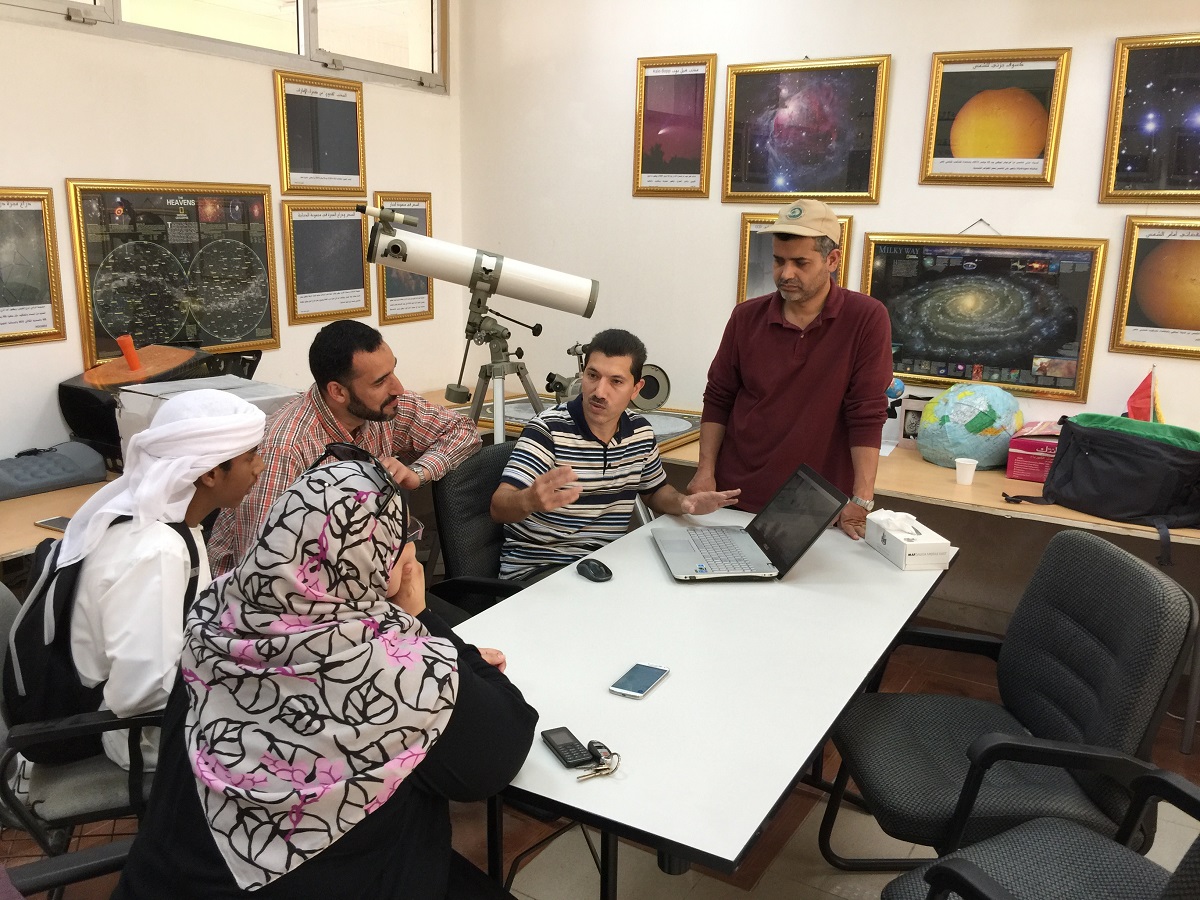 |
|---|---|
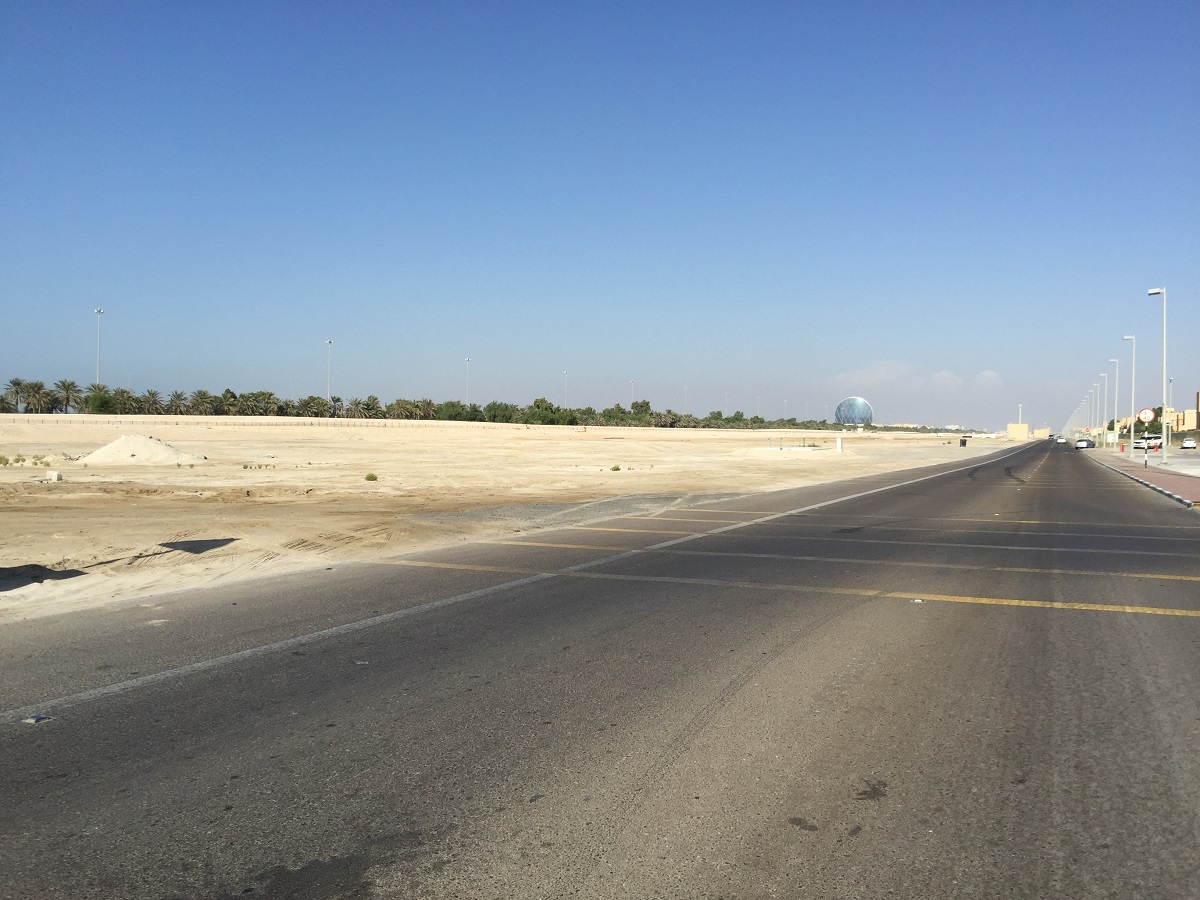 | 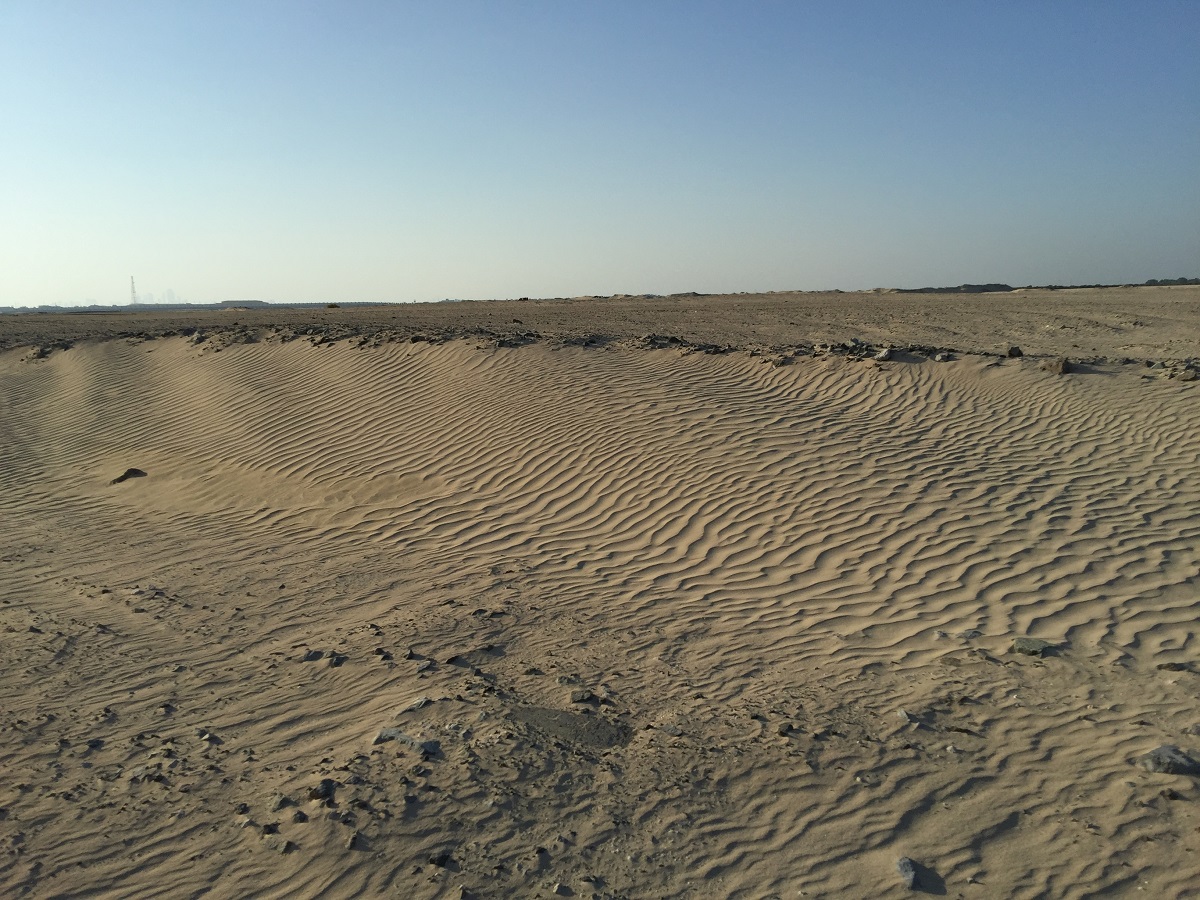 |
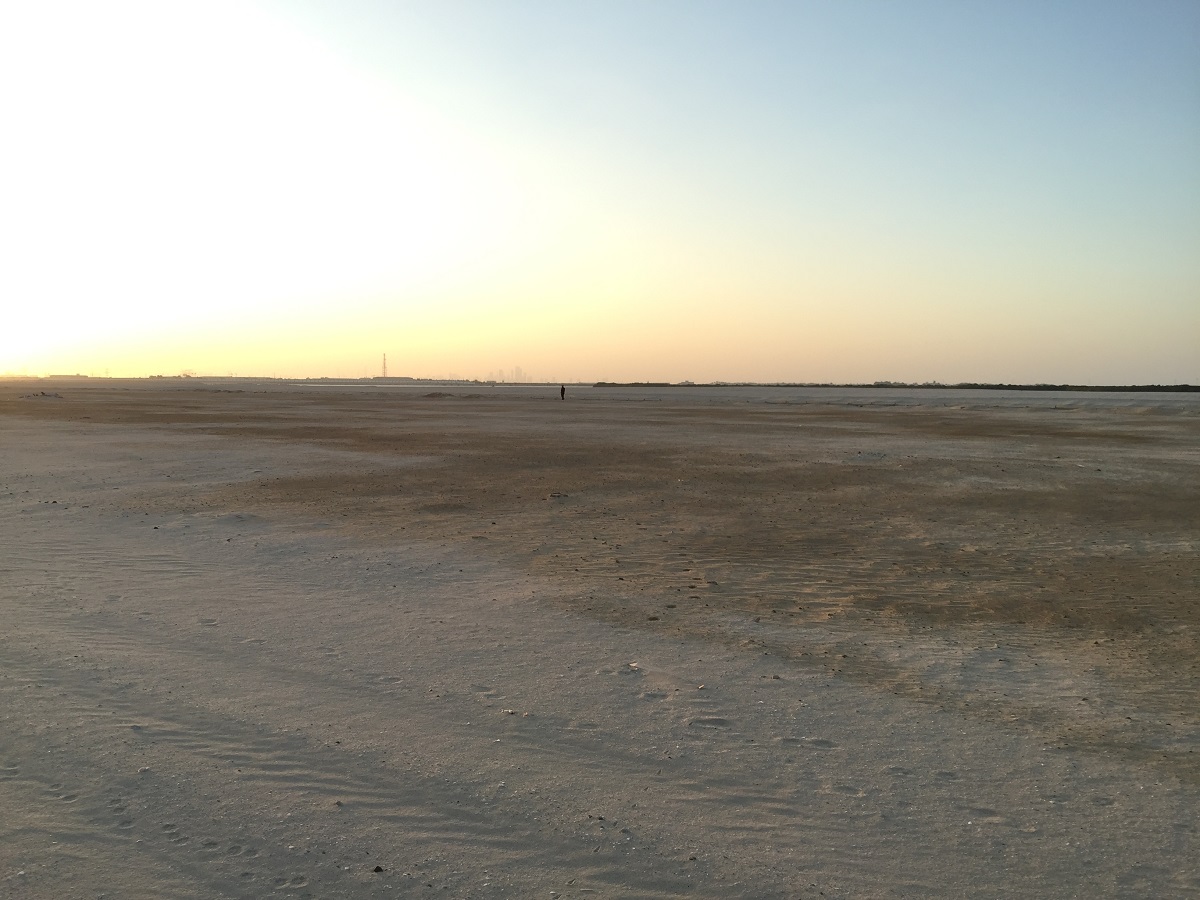 | 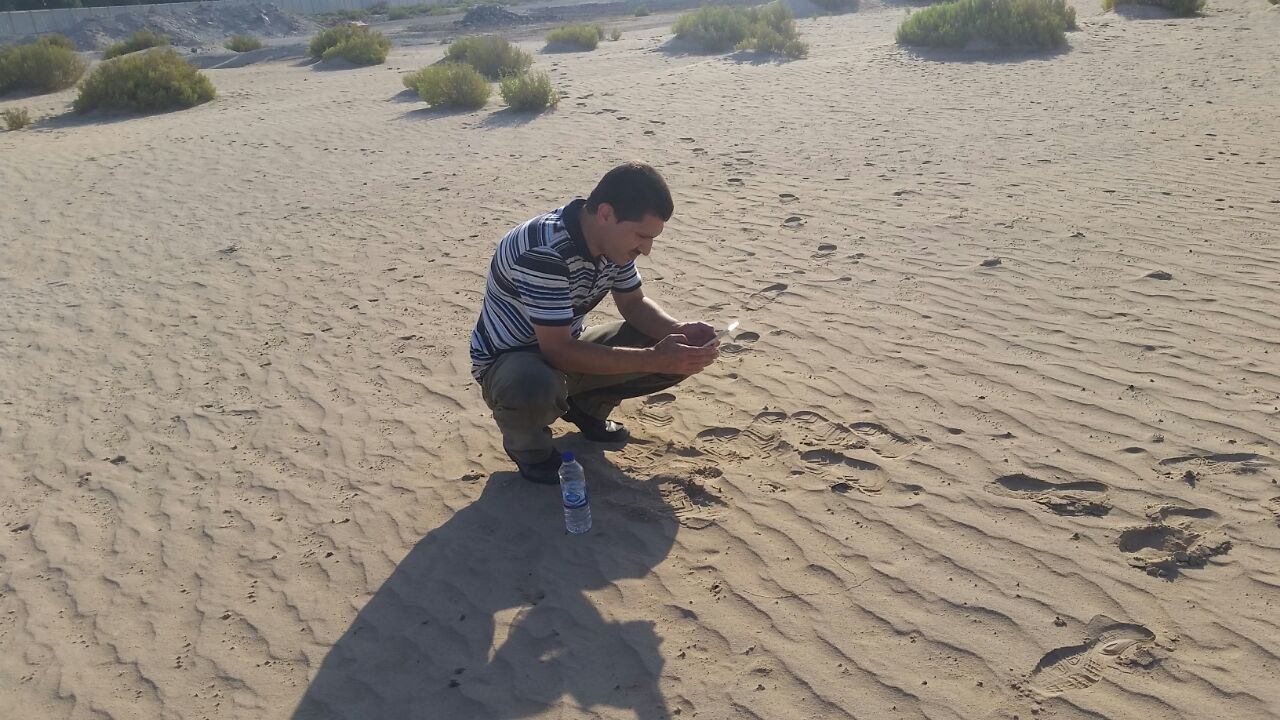 |
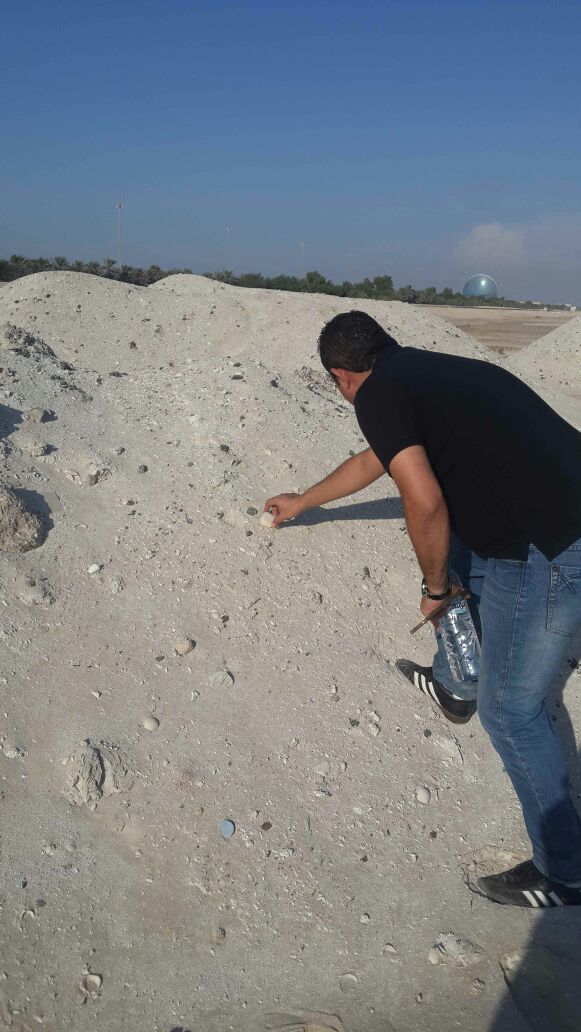 | 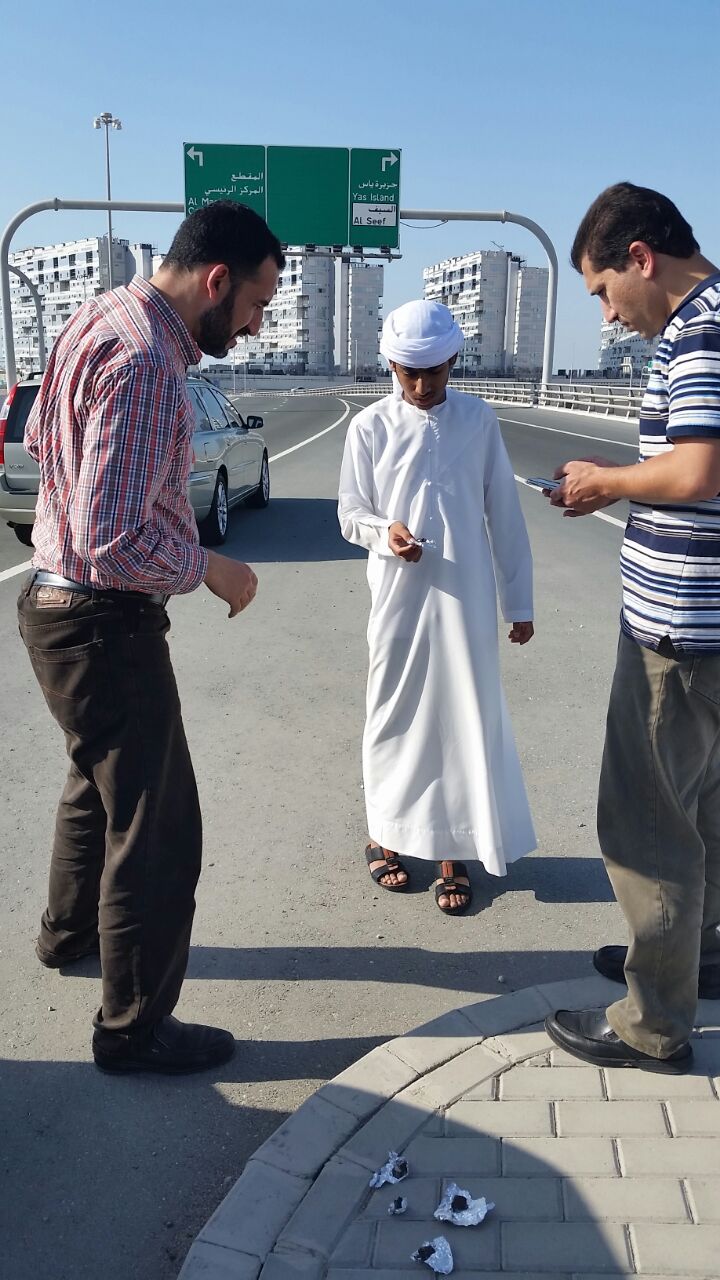 |
 | 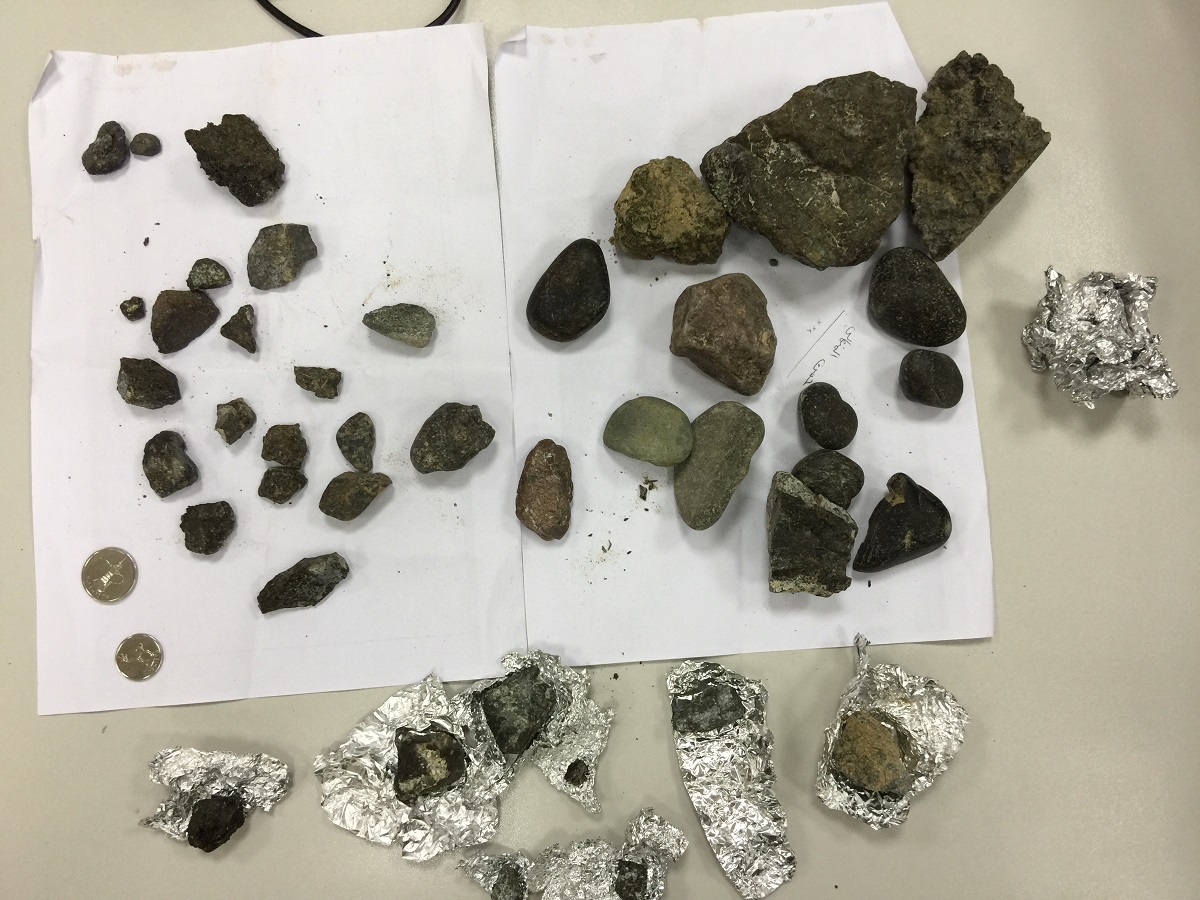 |
03 October 2016: 764 meteoroid orbits were obtained using the data of UACN1 and UACN2 during September 2016.
02 October 2016: UACN3 start operation on 01 October, it is located 8 Kms south west of Wagan city.
01 October 2016: On Friday 30 September at 16:15:58 UT, a moderately bright fireball with multiple flares was reported by United Arab Emirates and Oman observers. The fireball was captured by stations UANC1 and UANC2 of the CAMS UAE camera network. Preliminary results calculated by Peter Jenniskens show a trajectory with apparent entry speed of 23 km/s from direction RA = 345 deg and +31 deg. The object arrived on an asteroidal orbit. Small meteorites may have fallen in Khaleefa city near Abu Dhabi city. Below is a video for the fireball captured by UACN1 and UACN2 wide field cameras. Also, below are some photos for the fireball captured by the narrow field cameras in UACN1 and UACN2.
08 September 2016: UACN2 started operation on 31 August 2016, however, the CAMS part of UACN2 contributed data started on September 7. The station is located 27 Kms to the south of Razeen area. By operating two stations we are able now to get the orbital elements and draw the orbit of the meteoroid if the meteor was captured by the two stations. We immediately have a surprise! First light shows strong activity of the September epsilon Perseids (IAU shower 208, SPE). The below photo shows the orbit of the first meteor captured in the CAMS UAE network: a sunskirting meteoroid passing only q = 0.0454 +/- 0.002 AU from the Sun.
15 August 2016: Several Perseid meteors were captured by the wide field camera in UACN1. 76 meteors brighter than magnitude zero were captured during the period 10 to 14 August 2016. Below are photos for the meteors taken by the wide field and the narrow field cameras.
11 August 2016: Minus 6-magnitude Perseid fireball was captured by UACN1 wide field camera on 11 August 2016 at 23:35:02.
09 August 2016: Minus 8.5-magnitude fireball was captured by UACN1 wide field camera on 09 August 2016 at 16:16:46.
29 May 2016: UACN1 captured several meteors of Eta Aquarids meteor shower during the period 19 April to 28 May 2016. Below are photos for some of the captured meteors by the wide field camera.
21 March 2016: 104 meteors brighter than magnitude zero were captured by the wide field camera in UACN1 since its start on 28 January 2016 till 20 Mars 2016. The path of these meteors are shown on the below map assuming certain values. The second photo shows the path of each meteor in the sky. The brightest meteor was a fireball of the magnitude minus 11 which appeared on 07 February 2016 at 01:54:23 local time. The below map shows approximate start and end points of the fireball. The table at the end shows the distribution of the captured meteors according to their meteor shower and magnitude.
06 February 2016: Minus 11-maginute fireball captured by UACN1 on 06 February 2016 at 21:54:23 UT. The first video was taken by the wide field camera, whereas the second one was taken by the narrow field camera.
28 January 2016: The first station UACN1 located in Rmah, UAE is operational and is contributing data. The below photos are for the box which contains the cameras as well as the station’s field of view.
30 December 2015: Southern Taurid meteor and sporadic meteor captured on 30 December 2015 at 22:59:10 UT during testing the system in Abu Dhabi city. Ursa Major appears in the field as well.
14 December 2015: Geminid meteor captured on 14 December 2015 at 19:36:12 UT during testing the system in Abu Dhabi city.
UACN Team
- Mohammad Shawkat Odeh
- Khalfan Al-Noaimy
- Osama Ghannam
- Anas Mohammad
- Ibrahim Ghoneamat
- Rami AlKhatib
- Peter Jenniskens
- Steve Rau
- Dave Samuels
Acknowledgments
The project is supported by the United Arab Emirates Space Agency. We would like to thank the Emirates Telecommunications Corporation (Etisalat) for providing several free data packages to transfer the data from the stations to the main center in Abu Dhabi.

